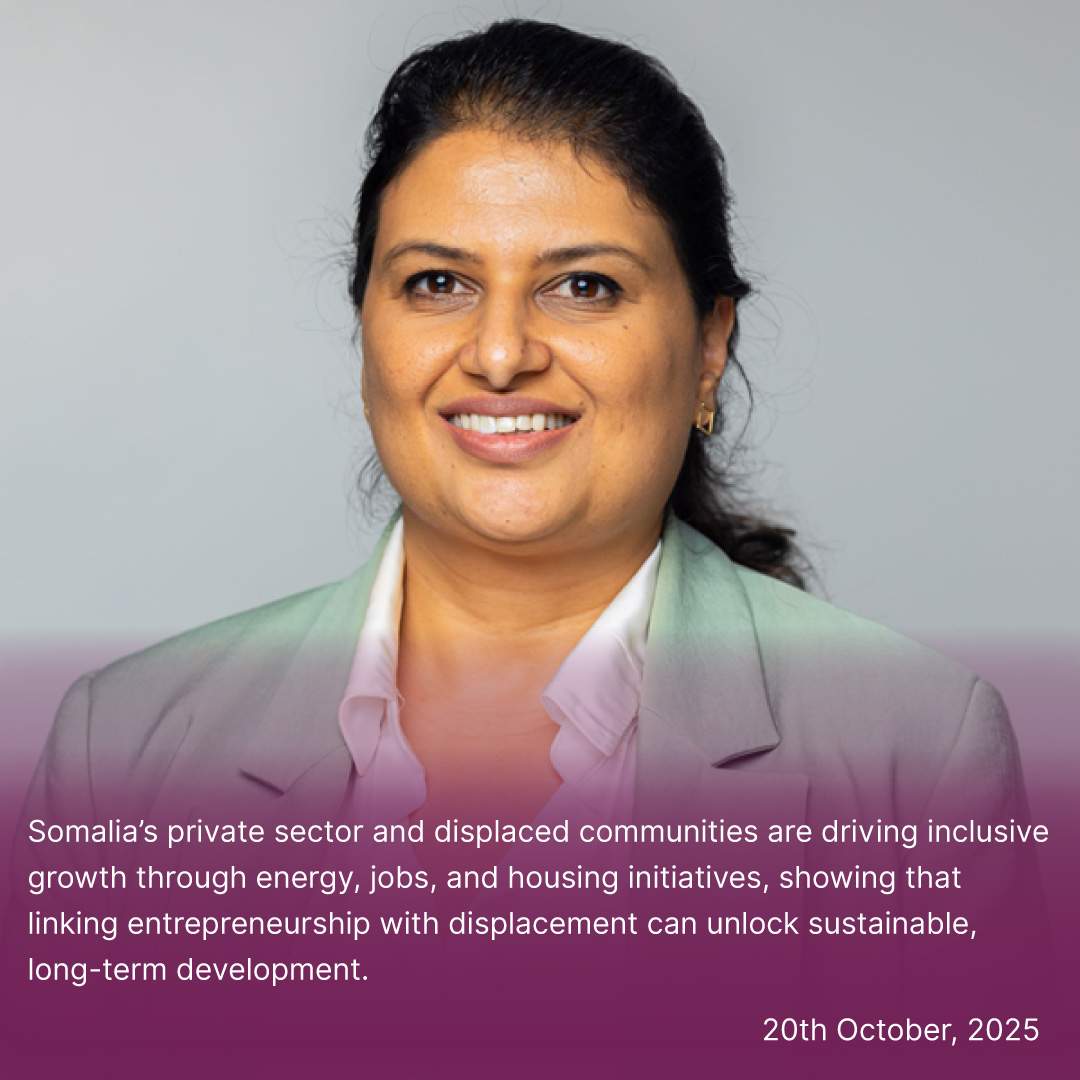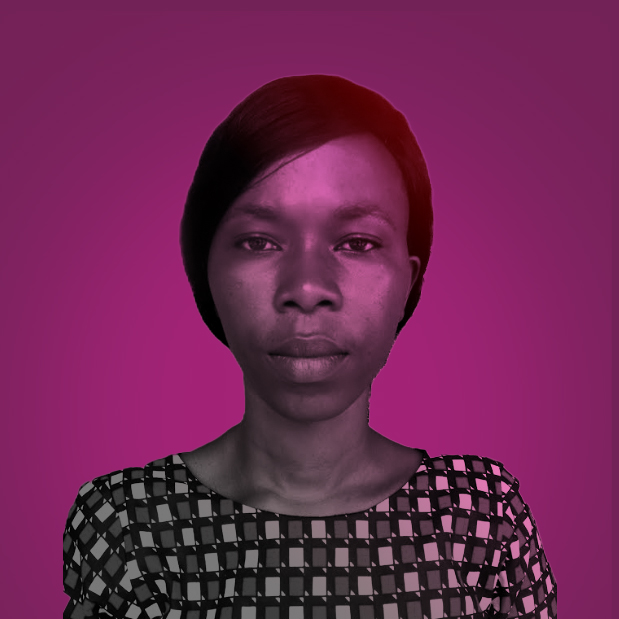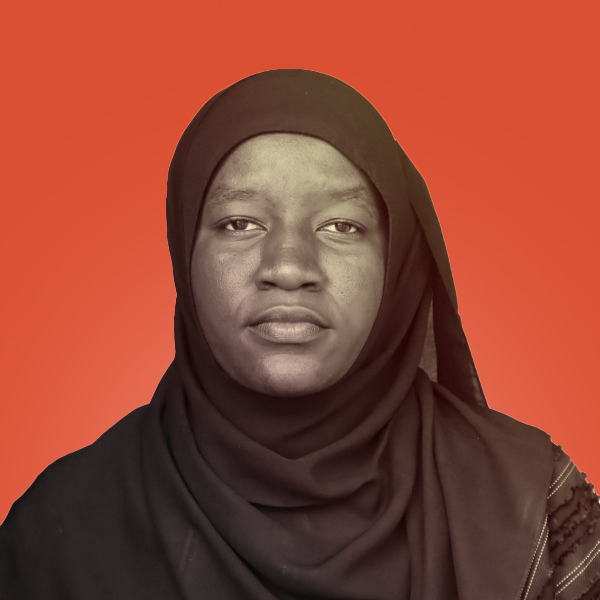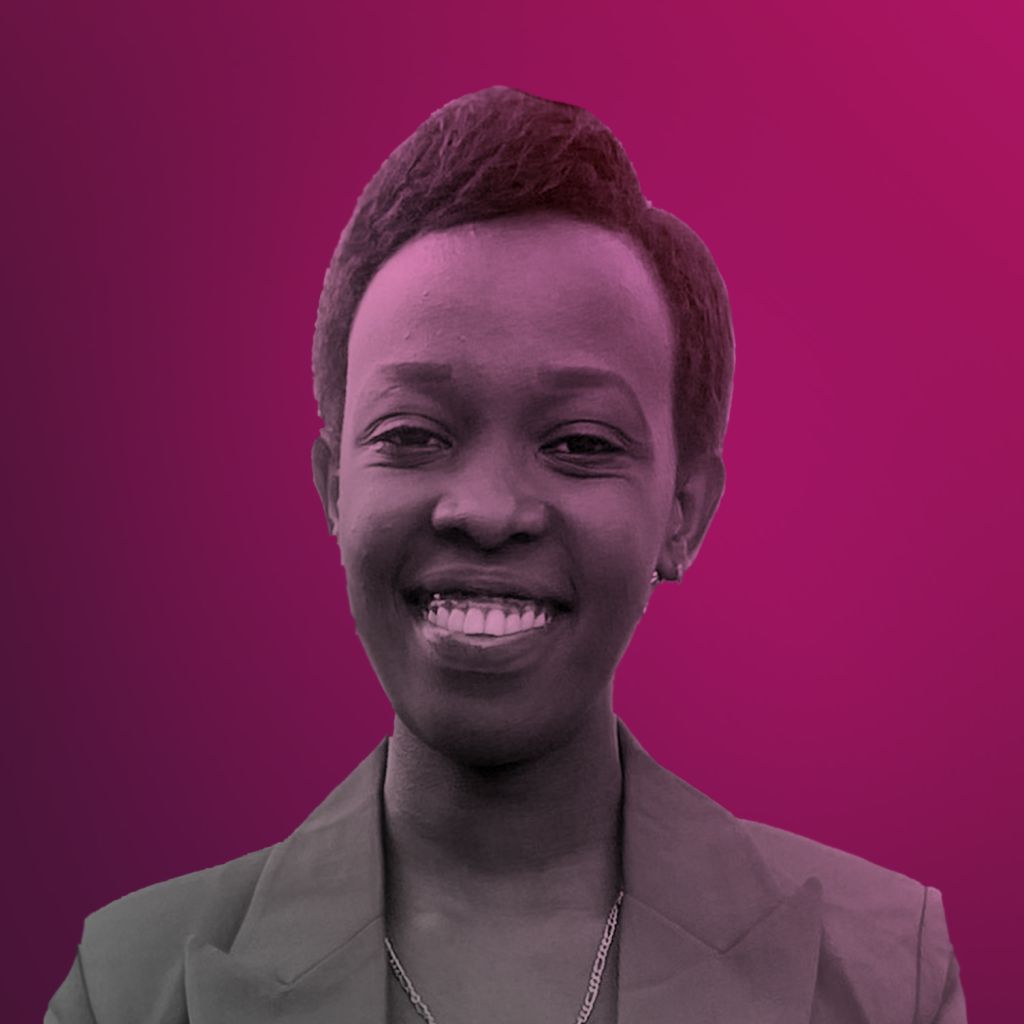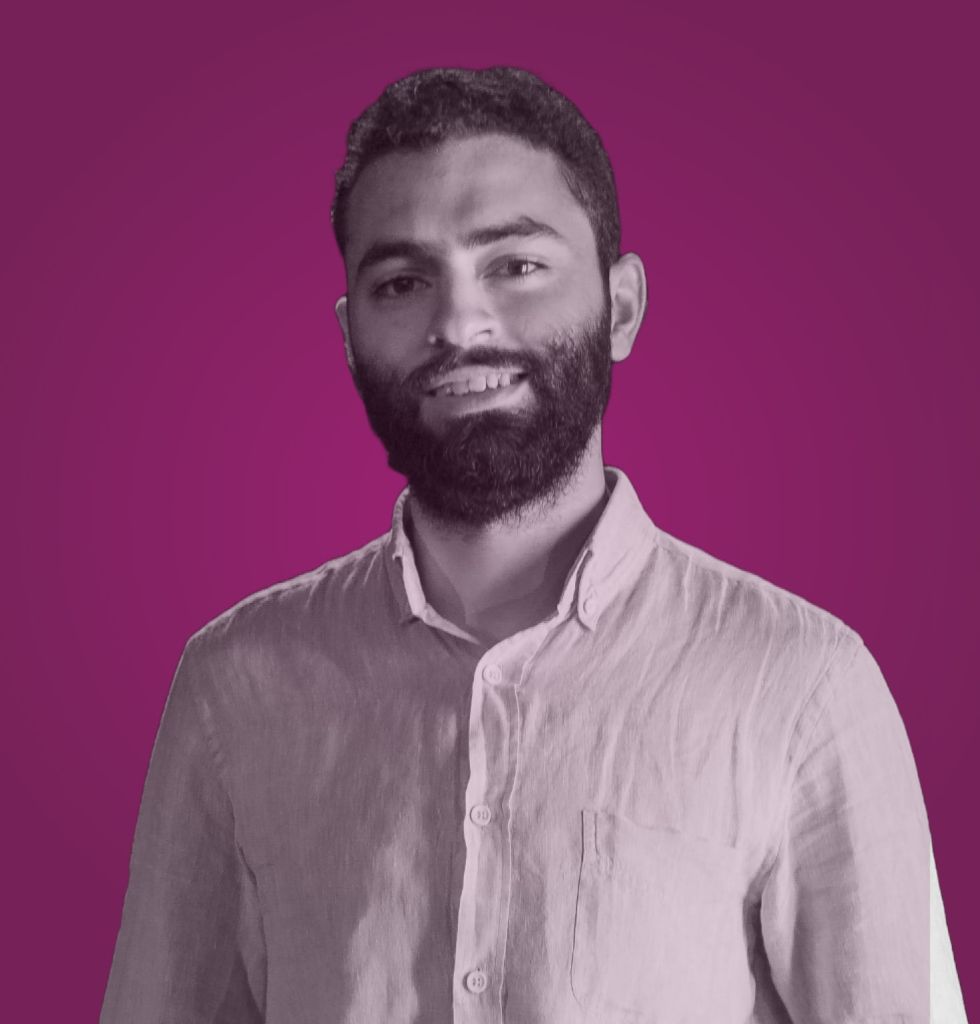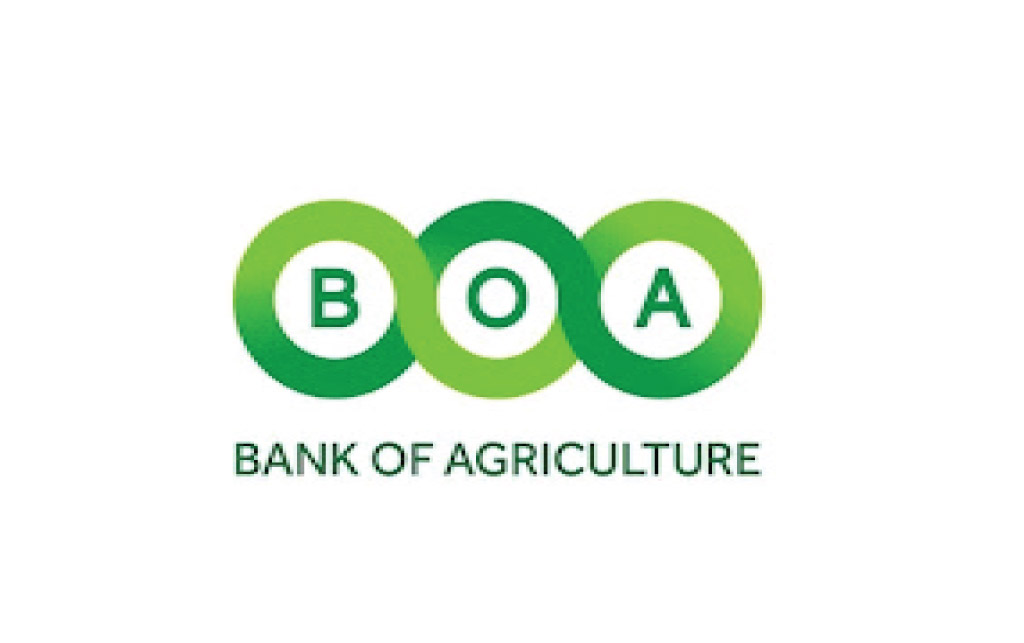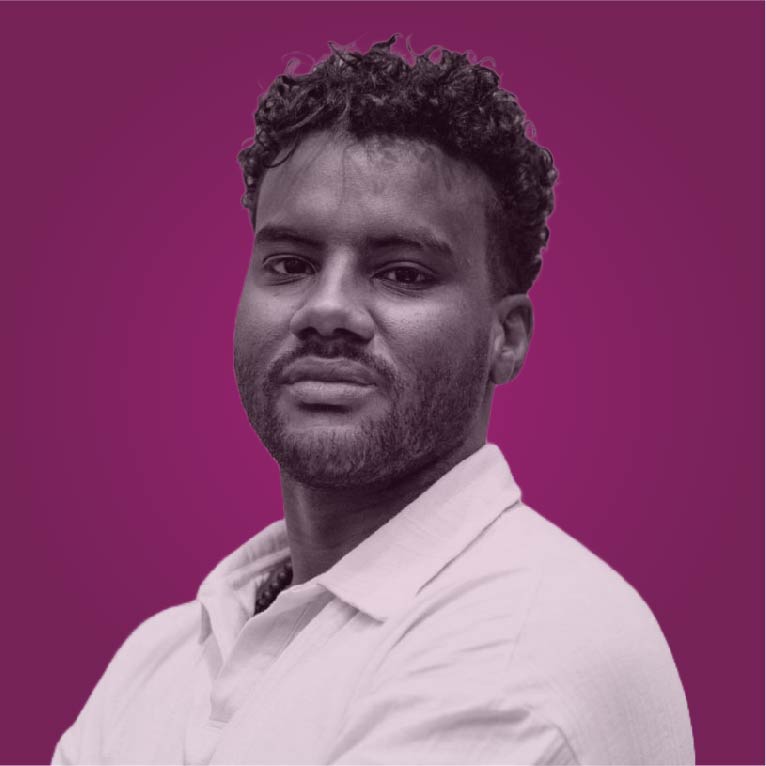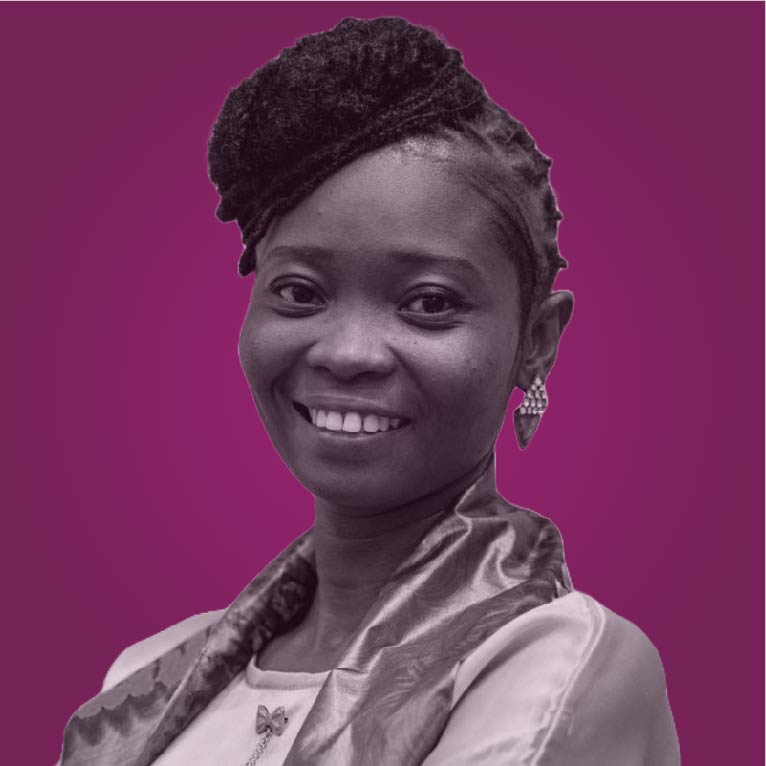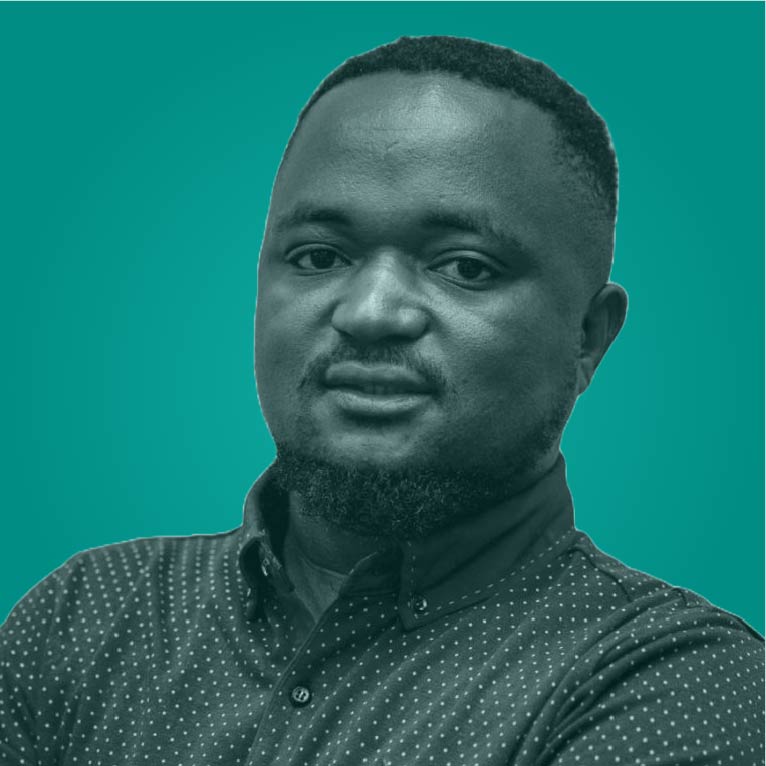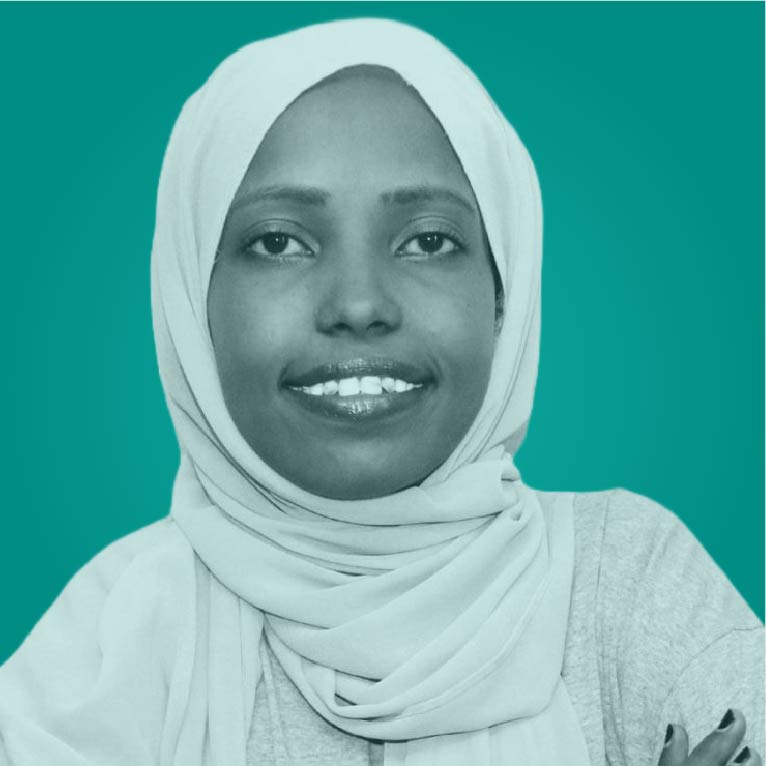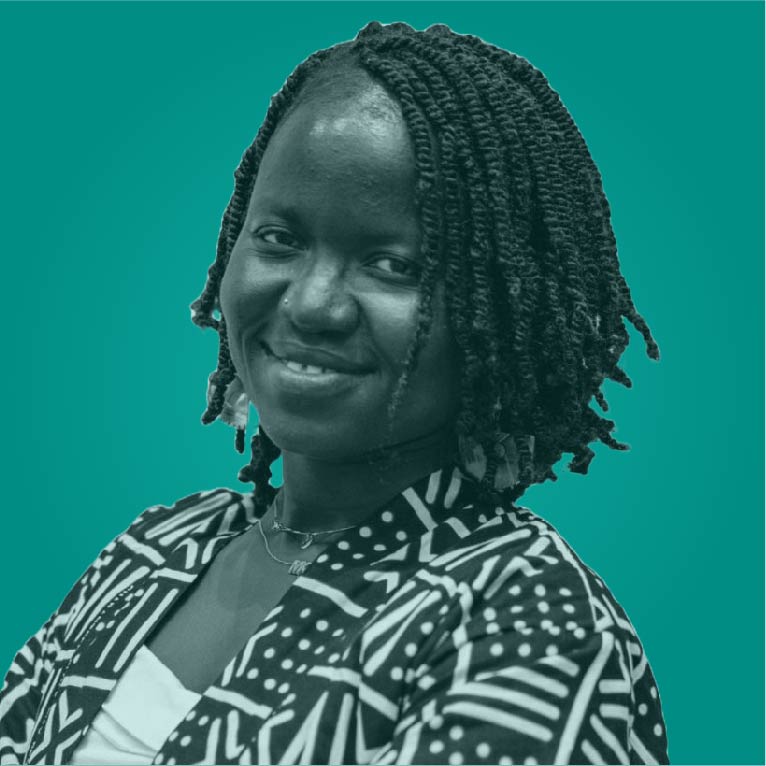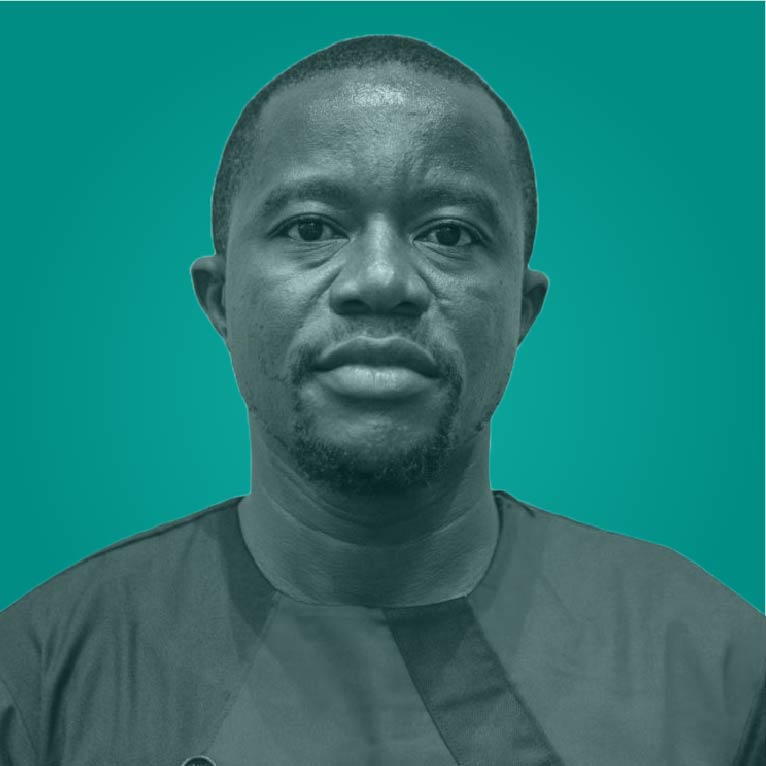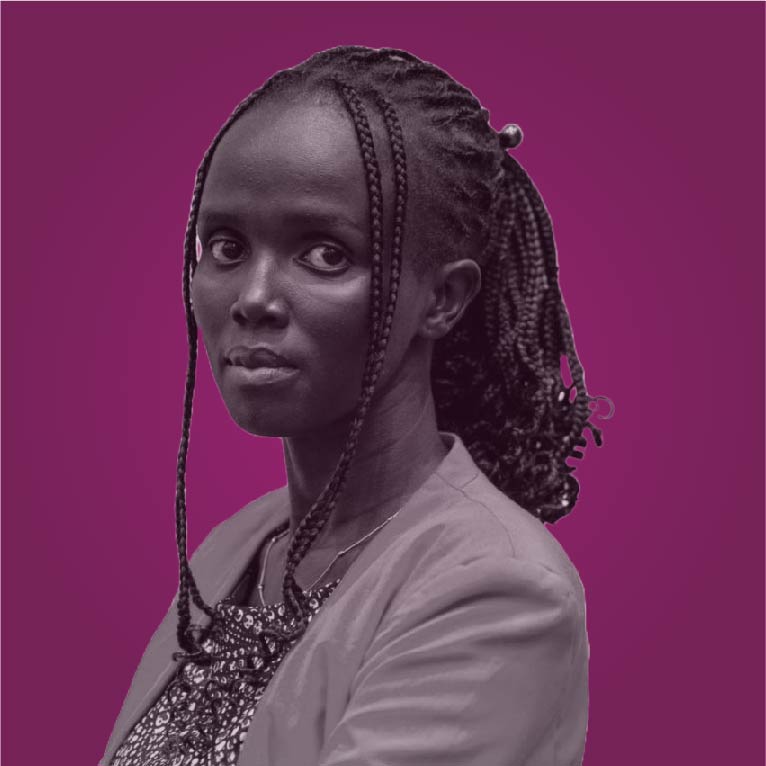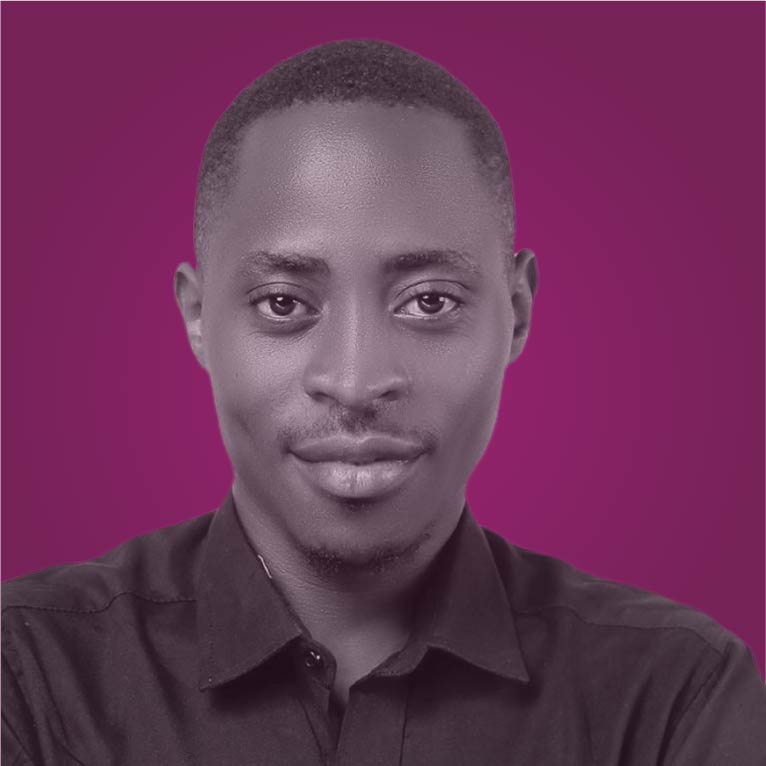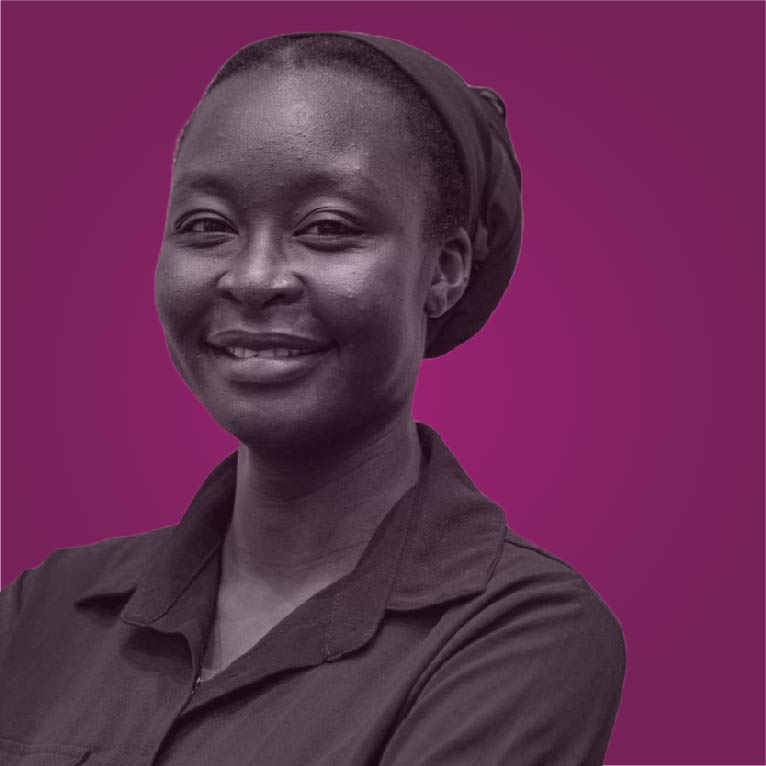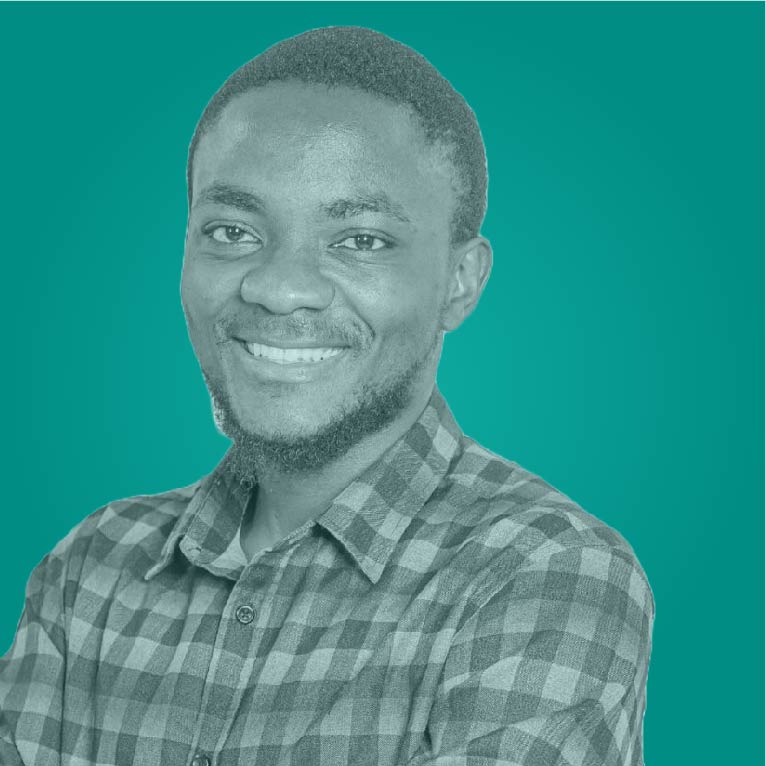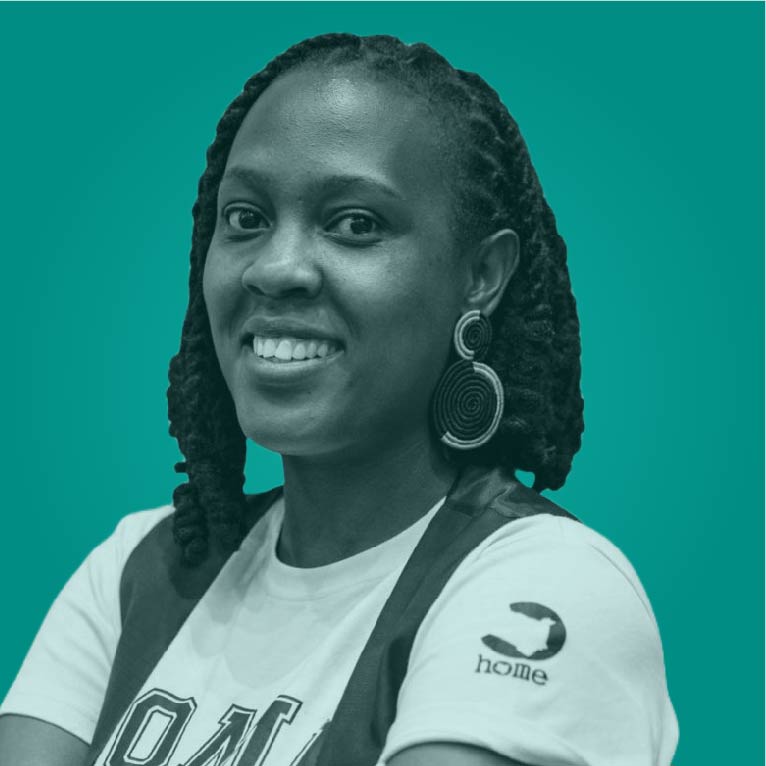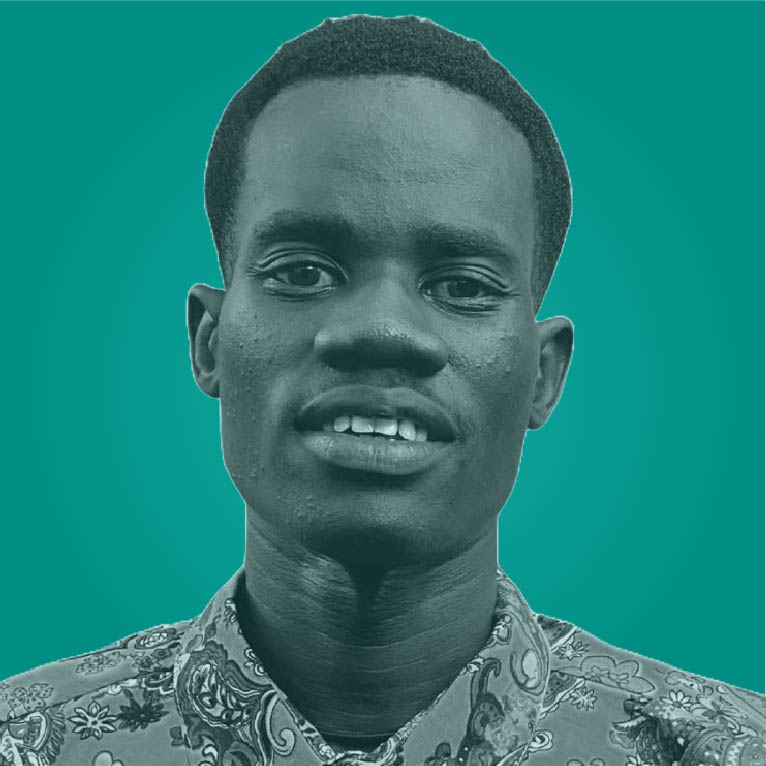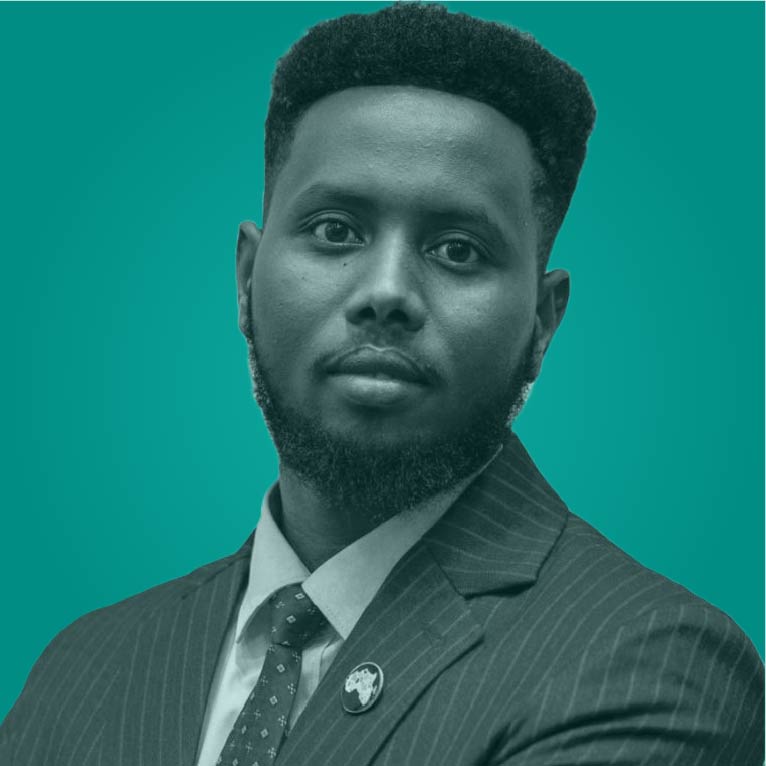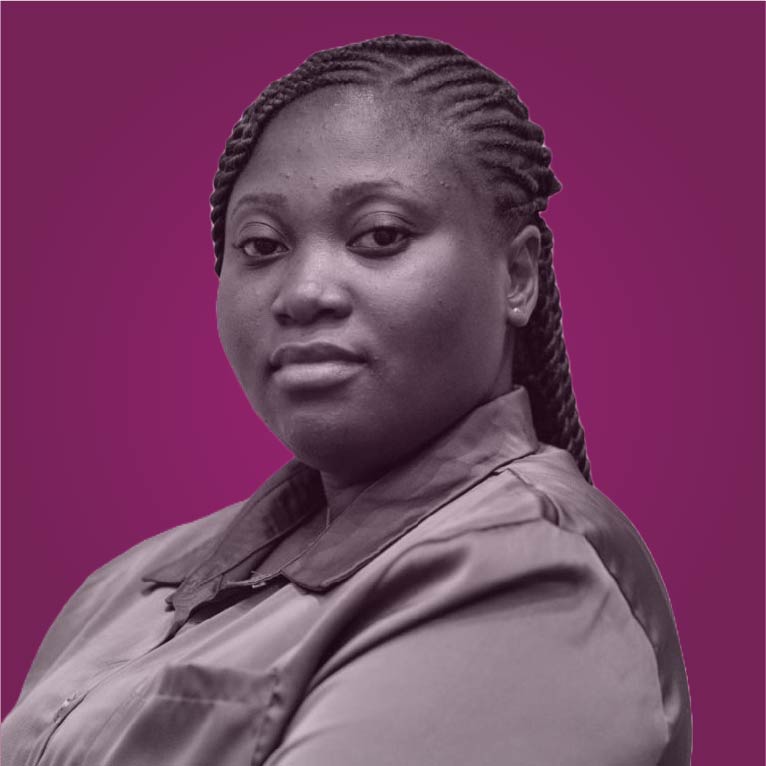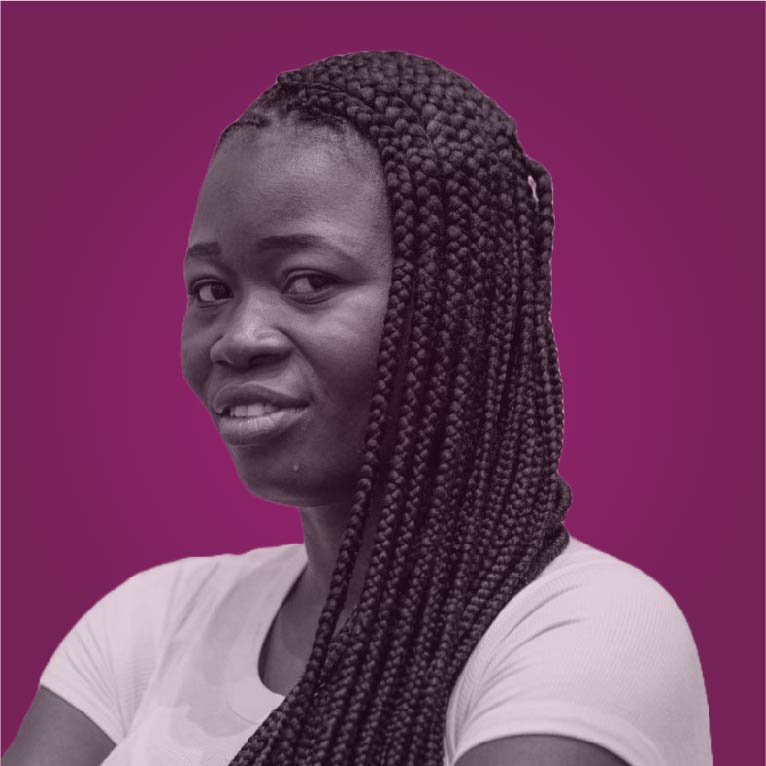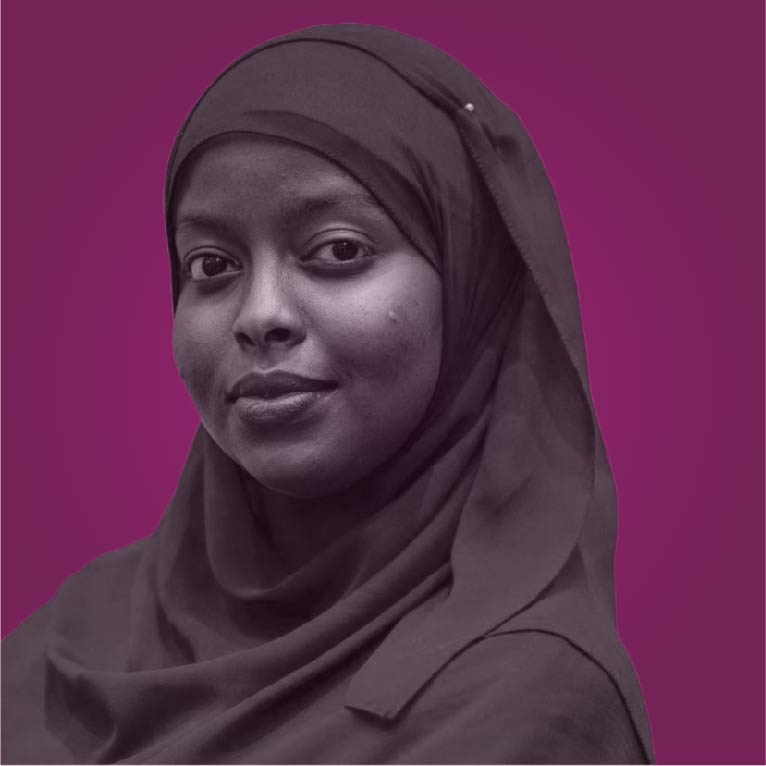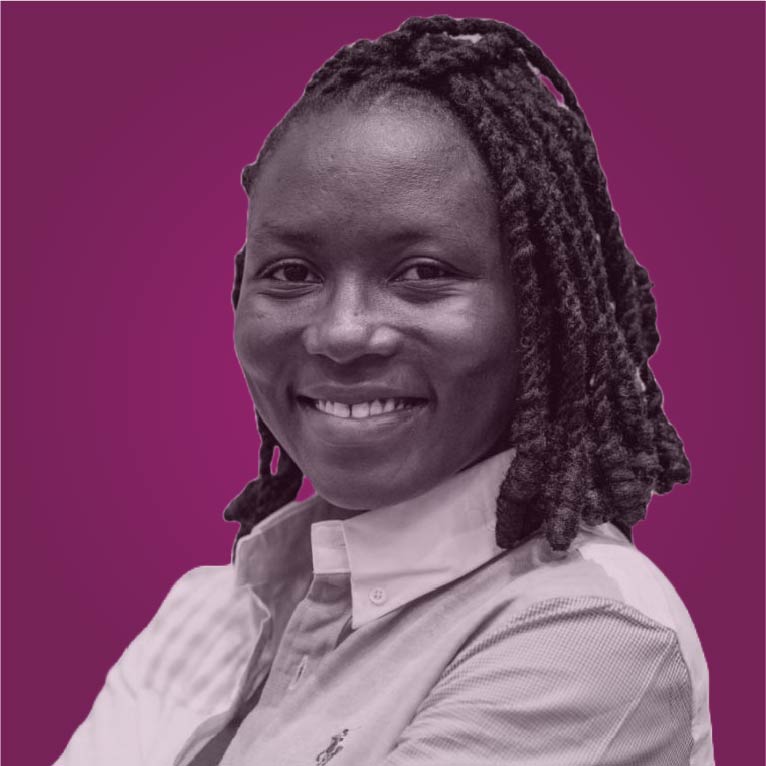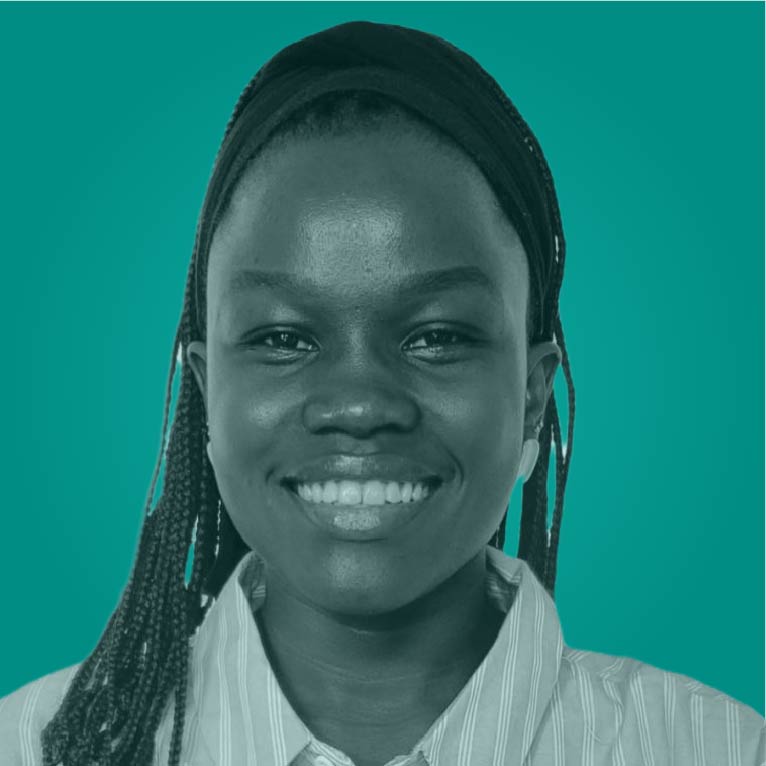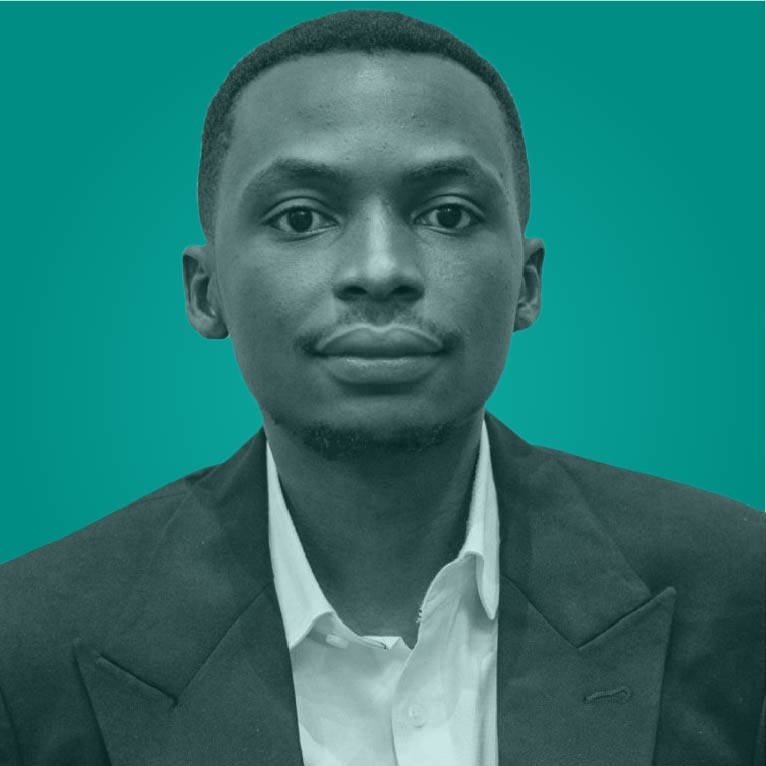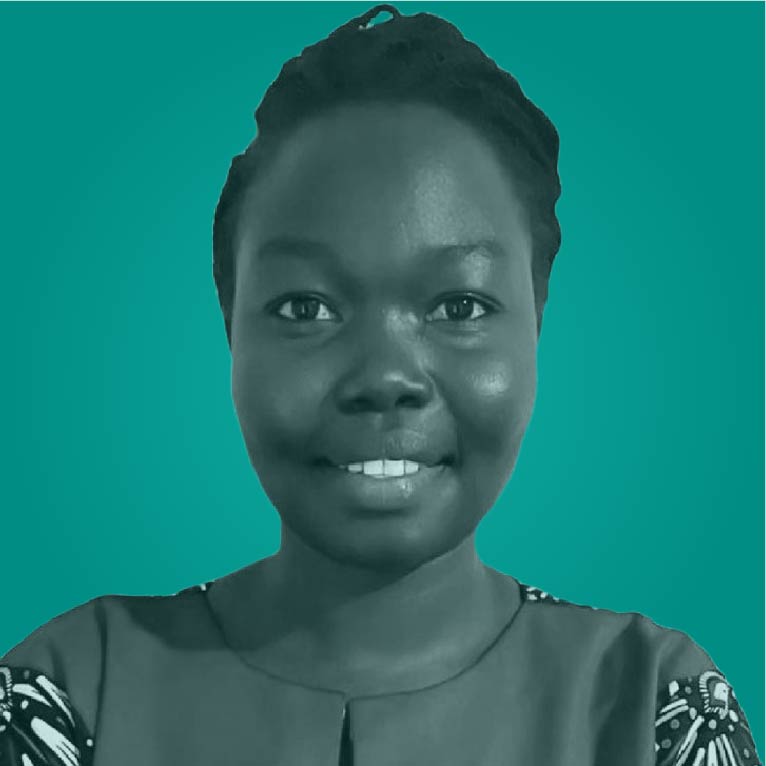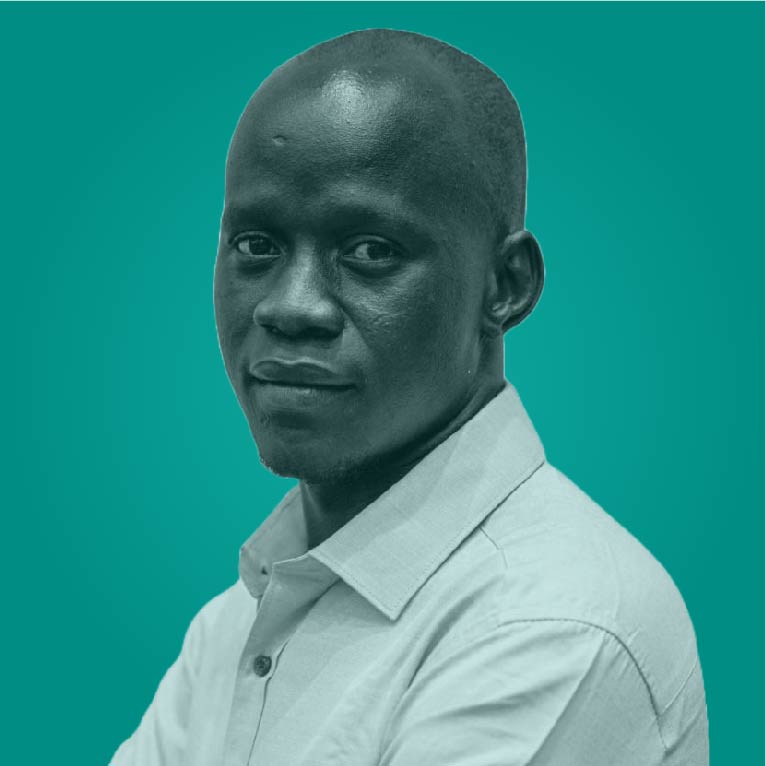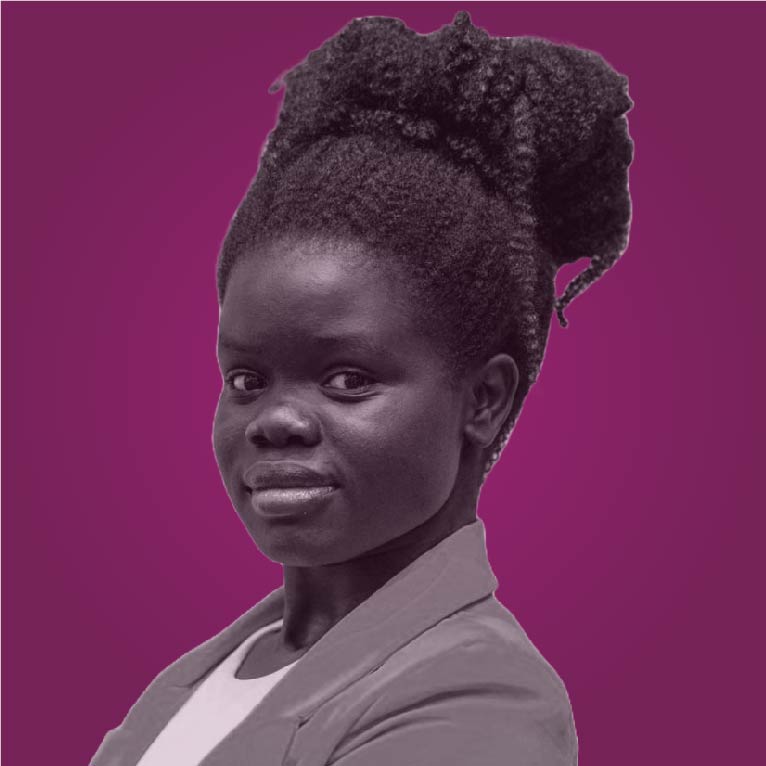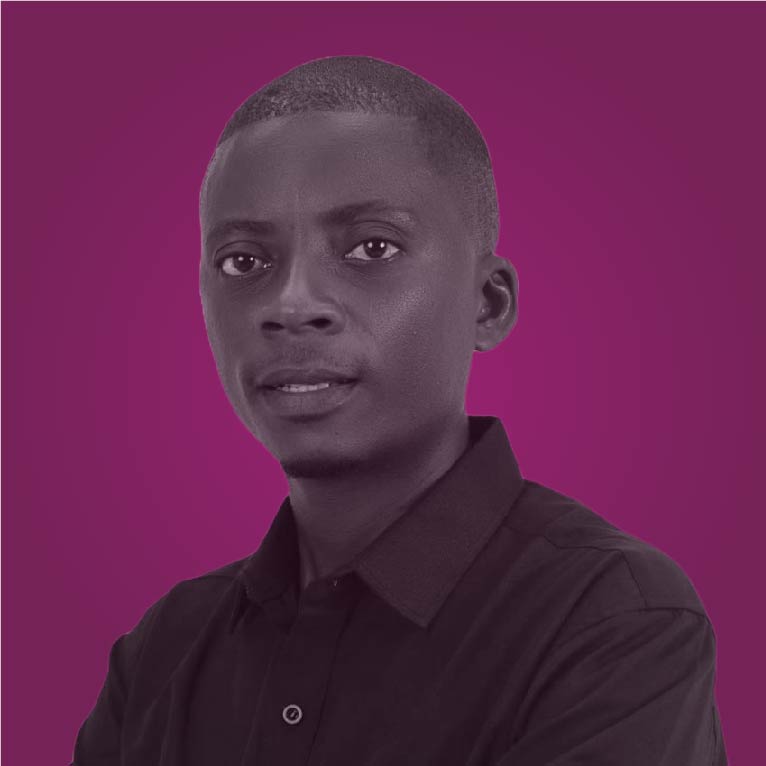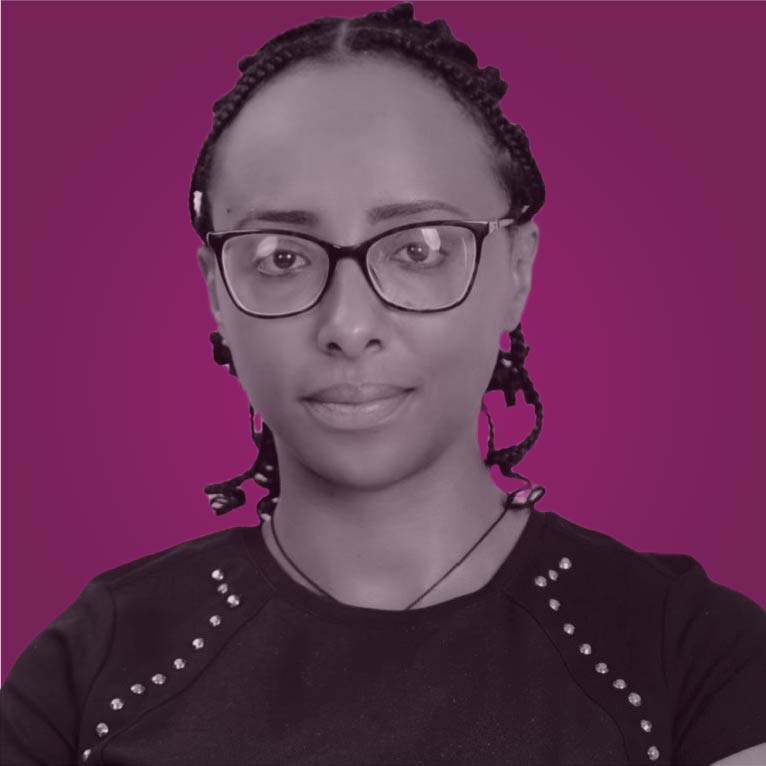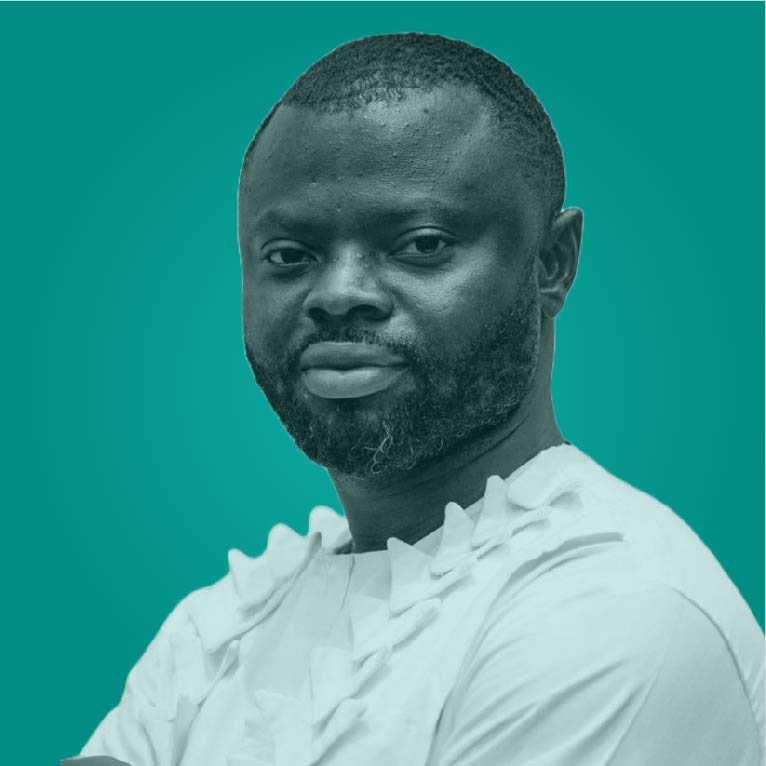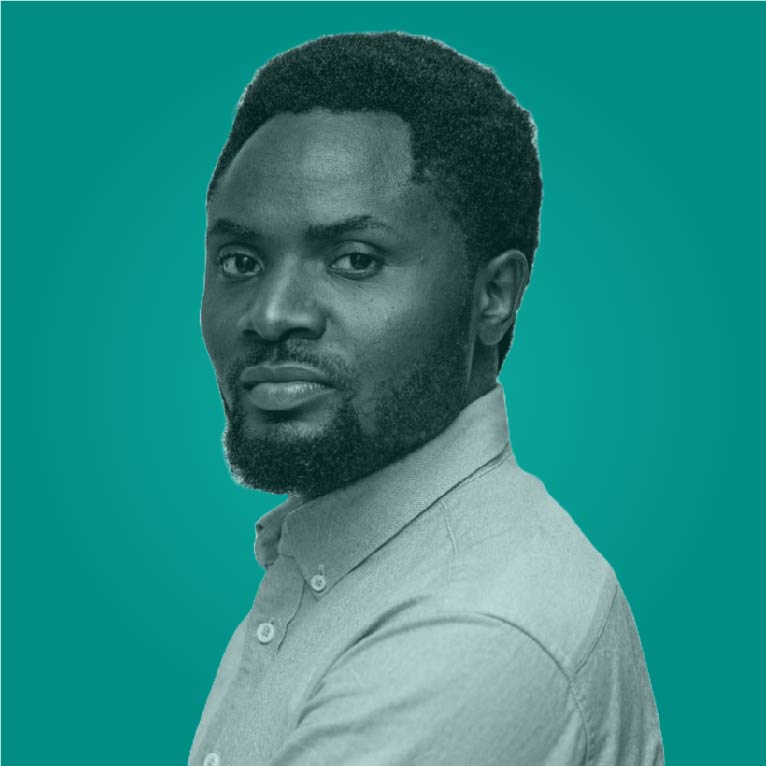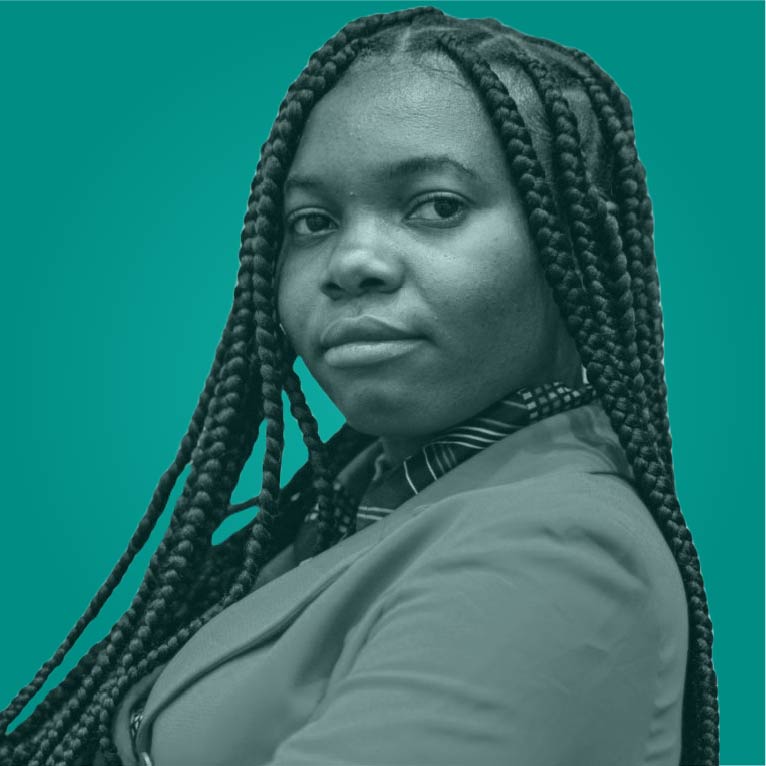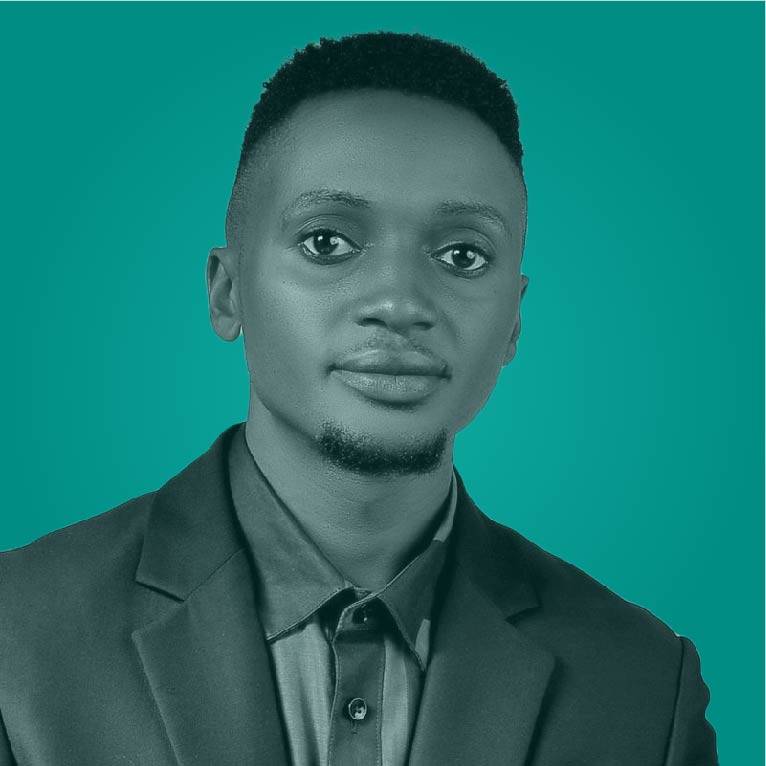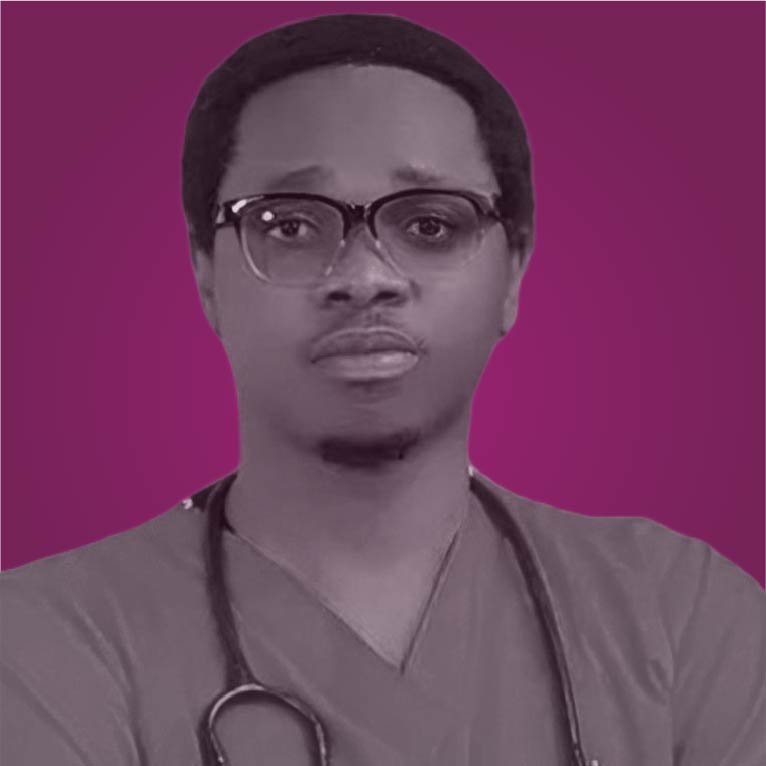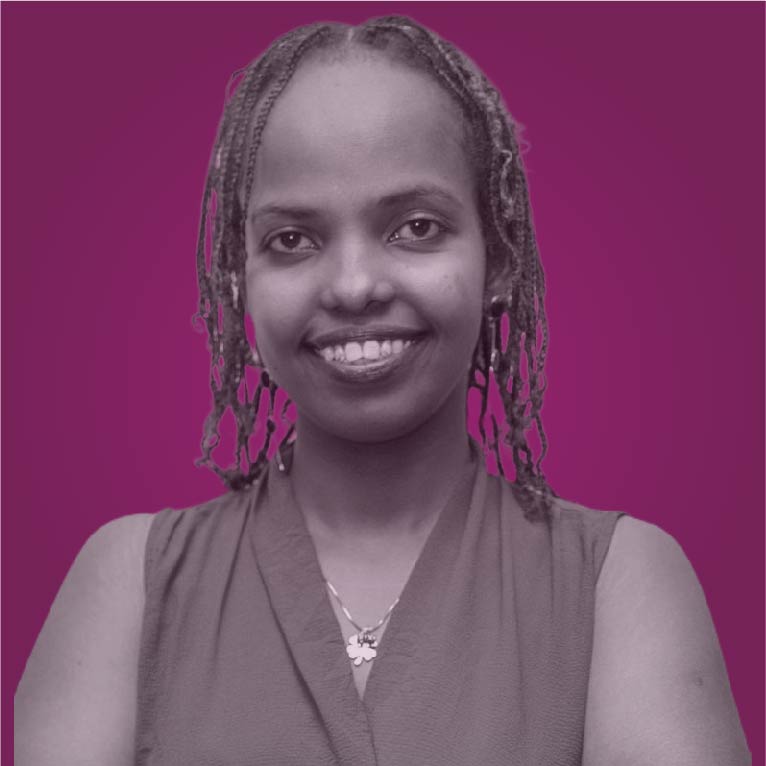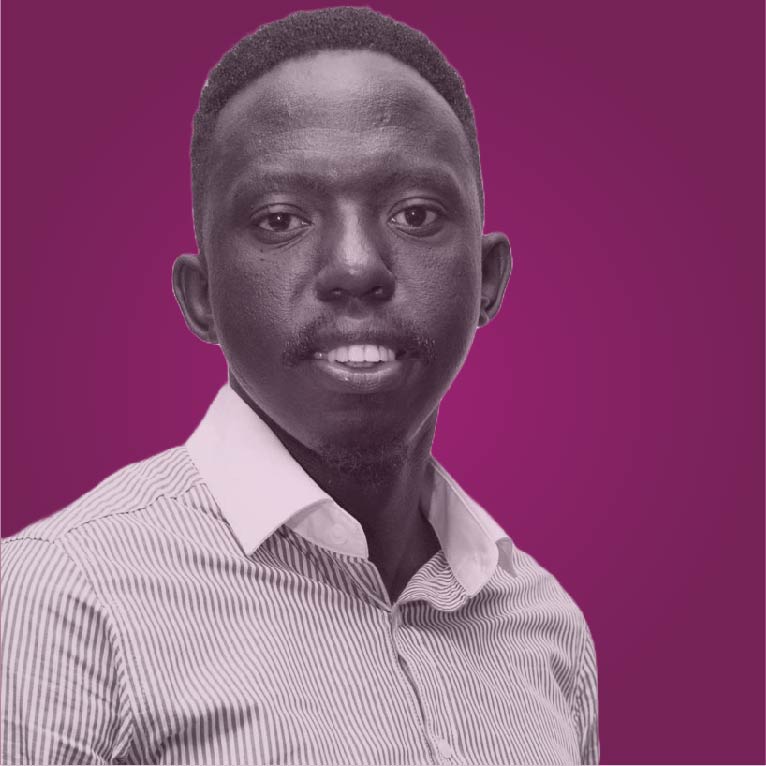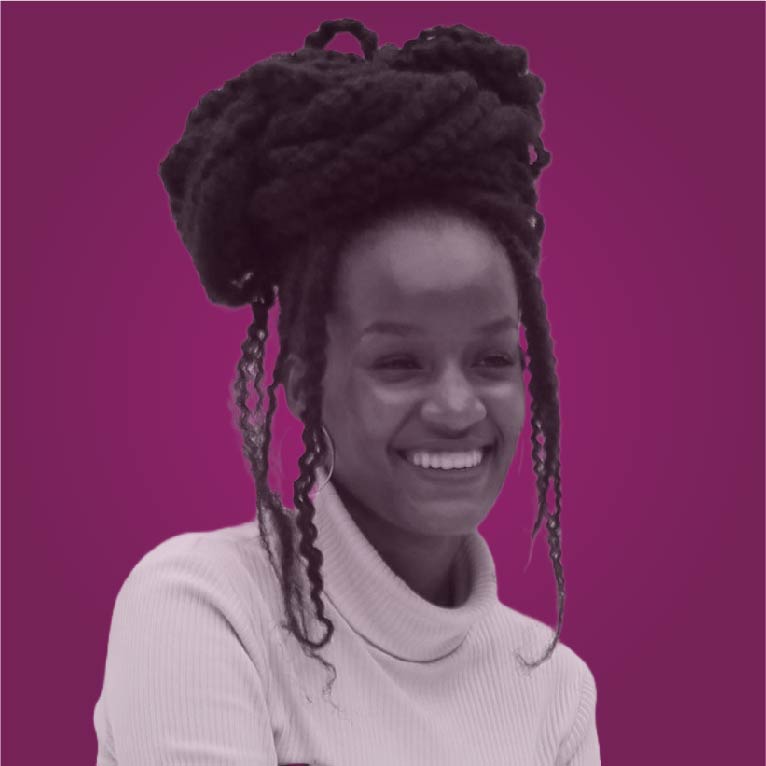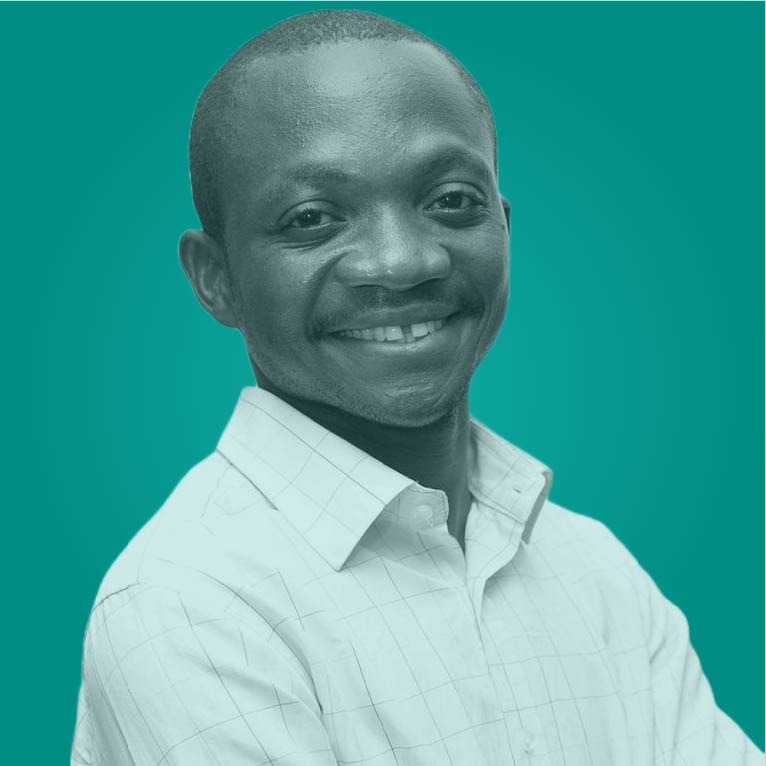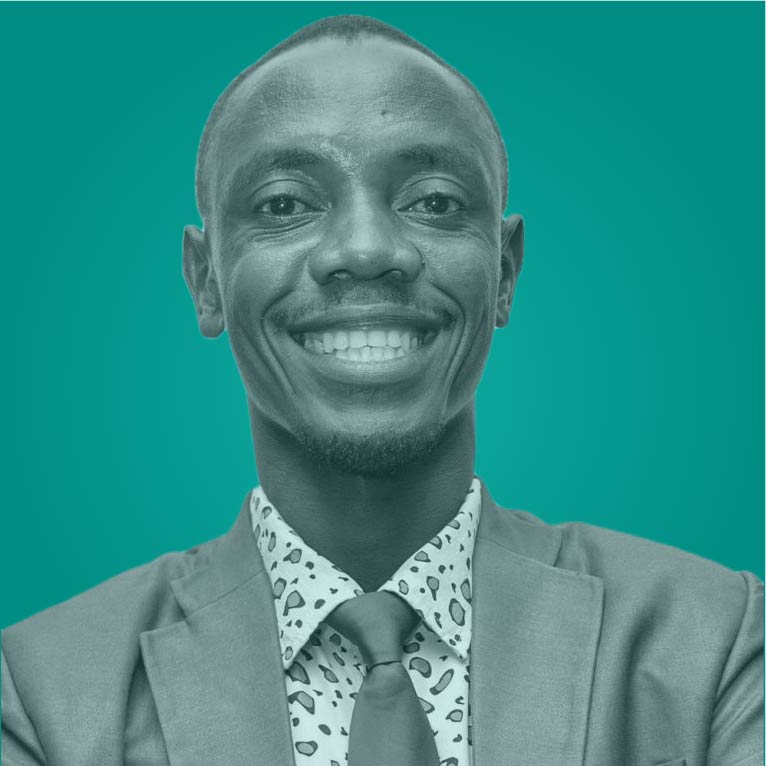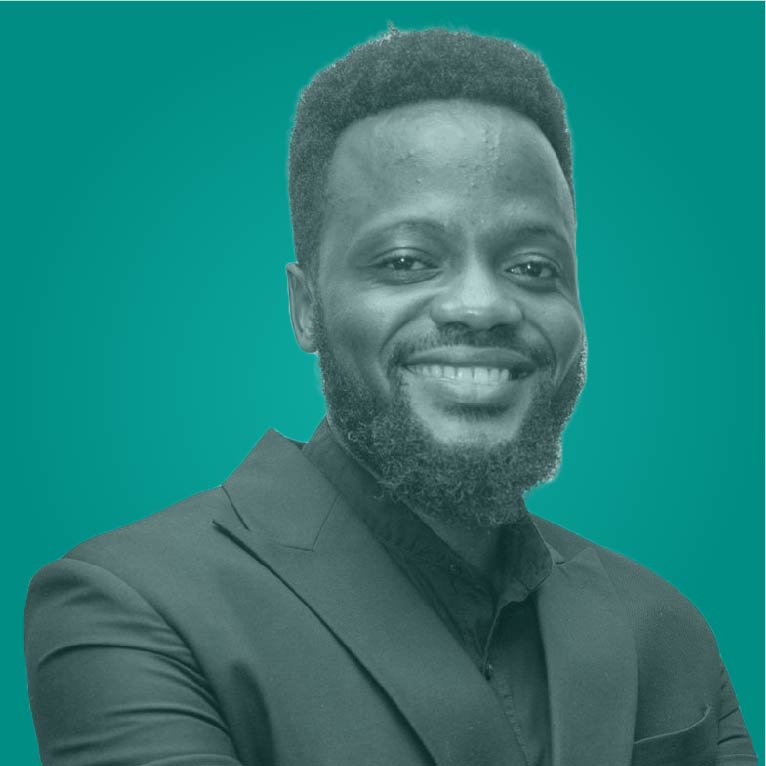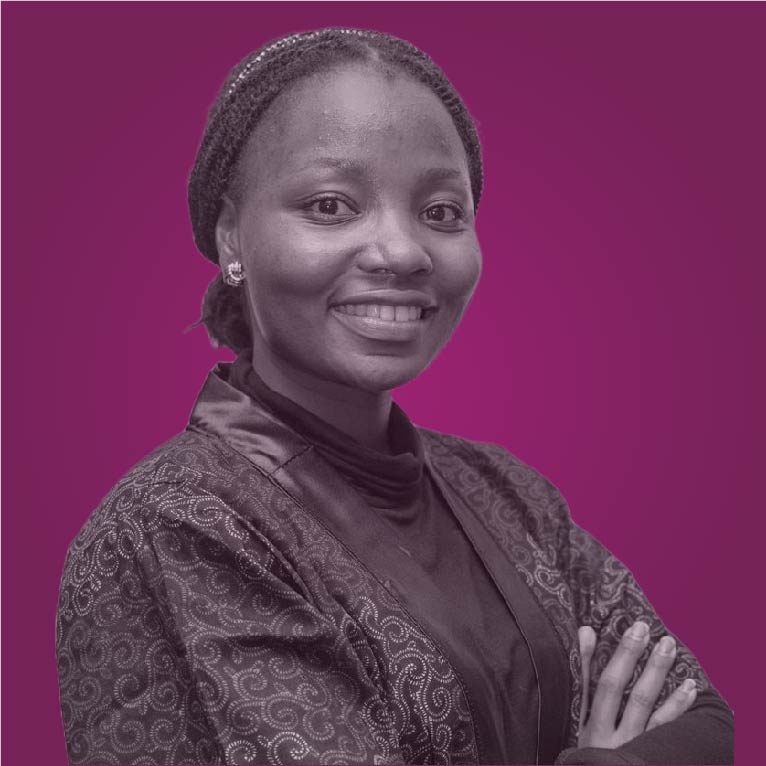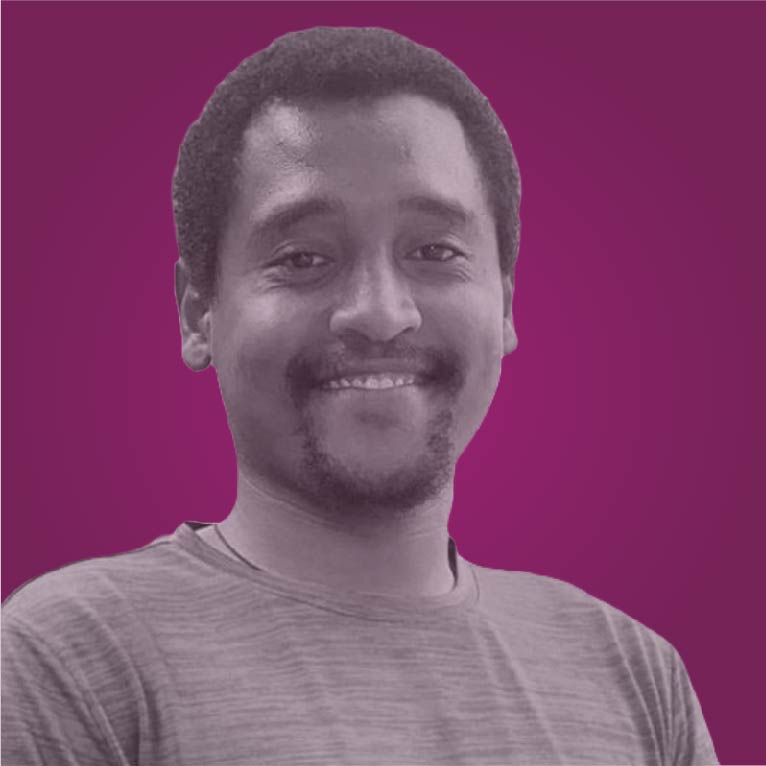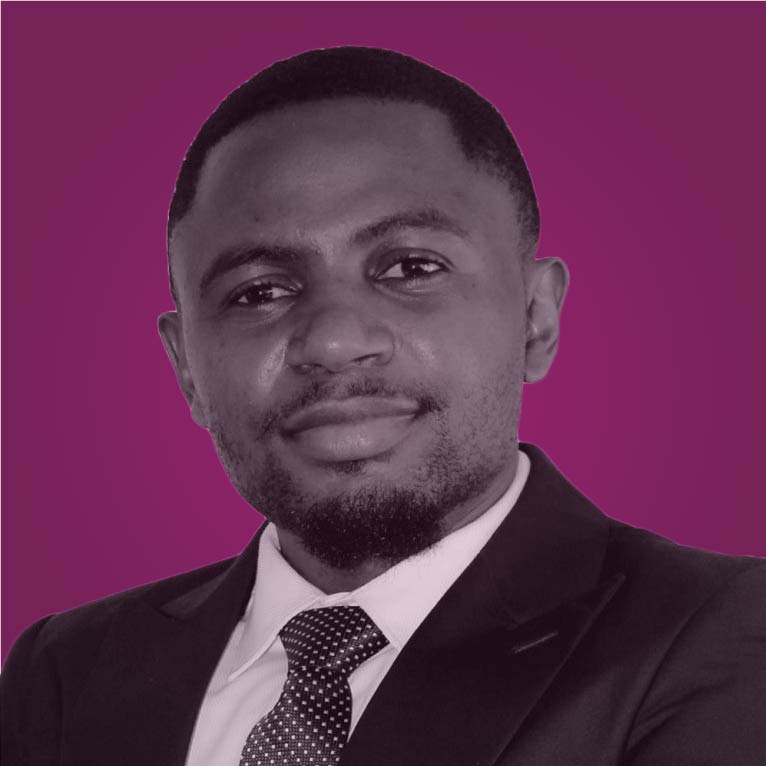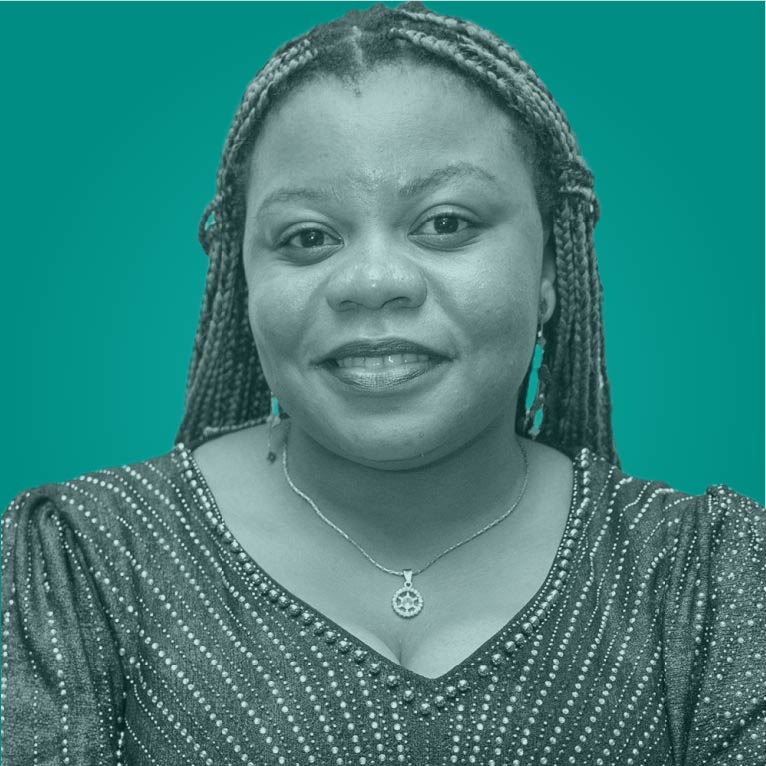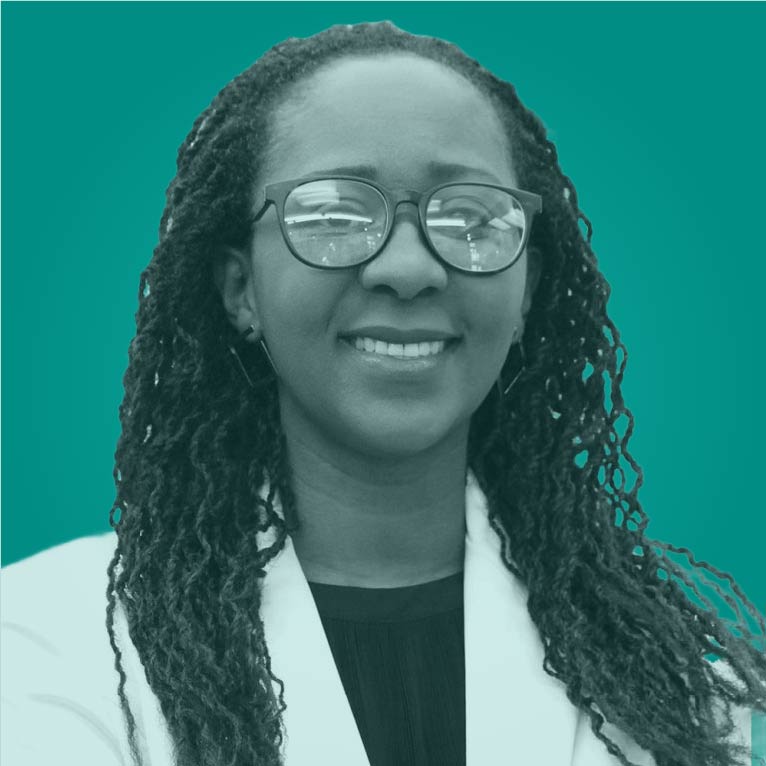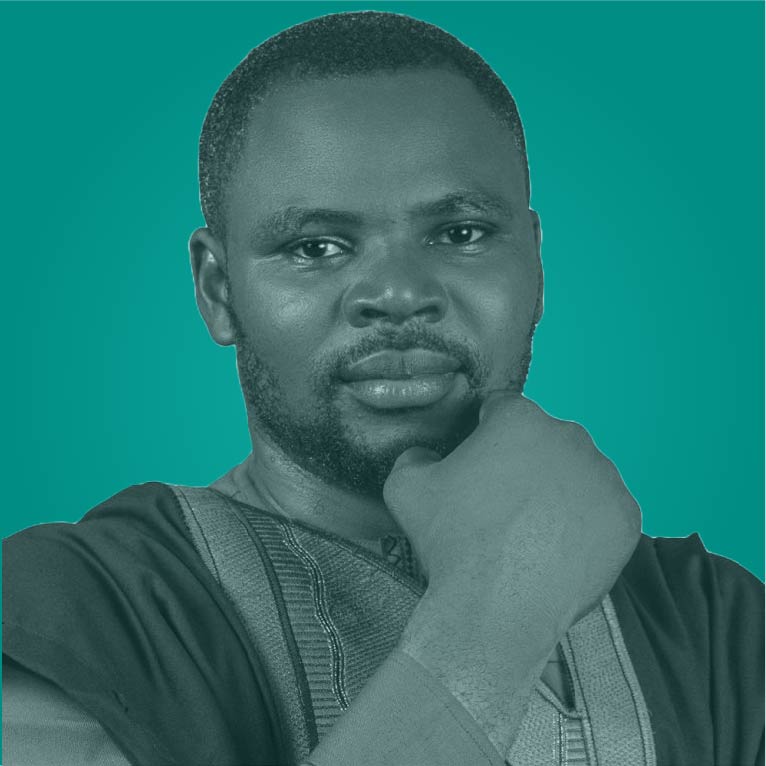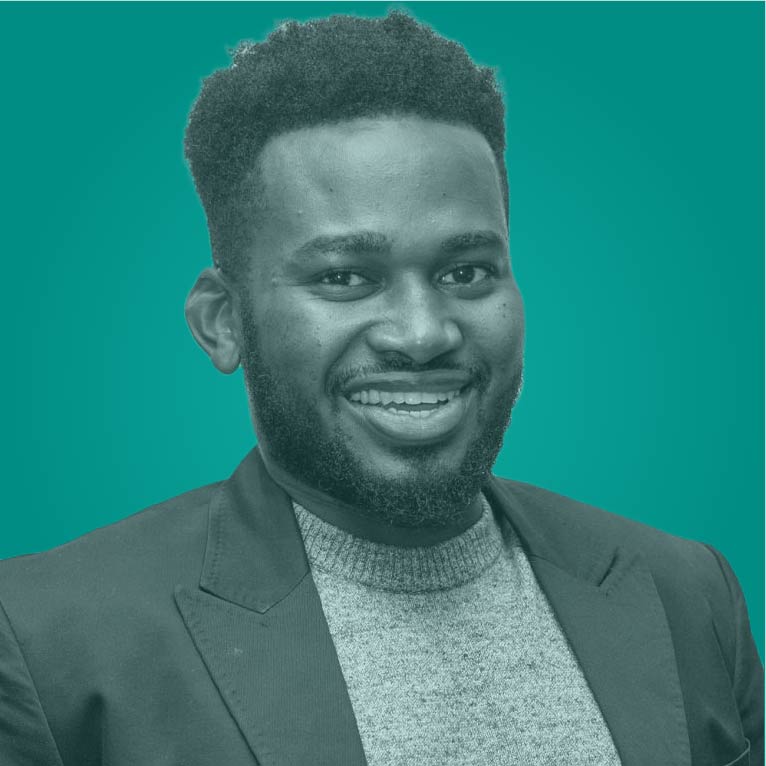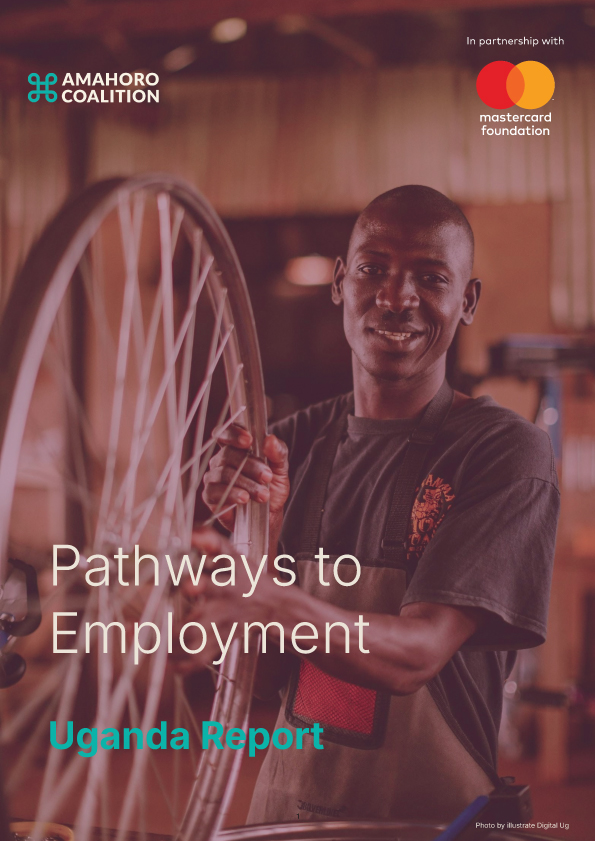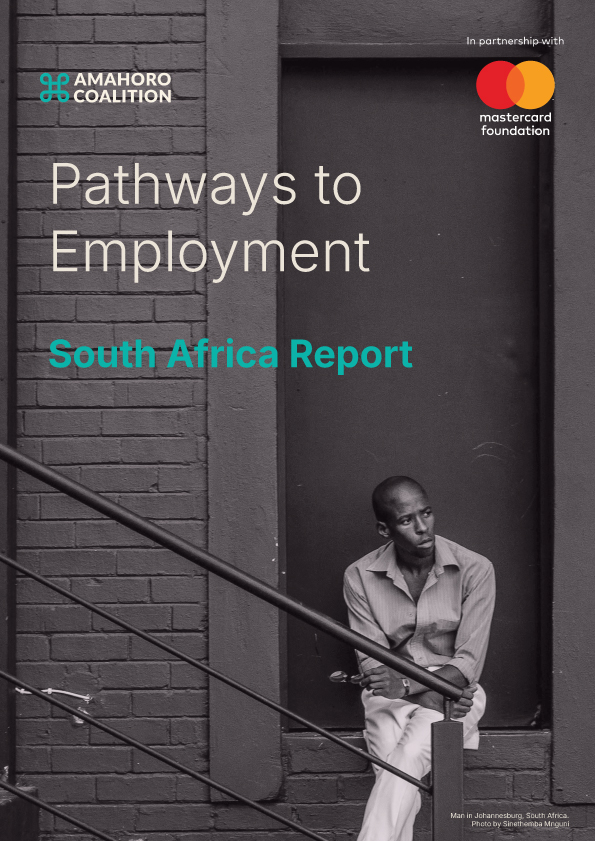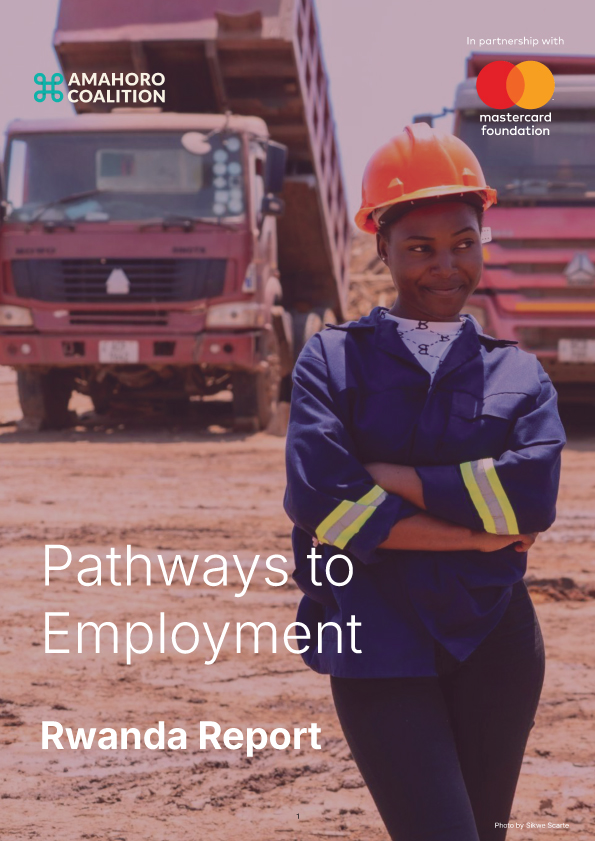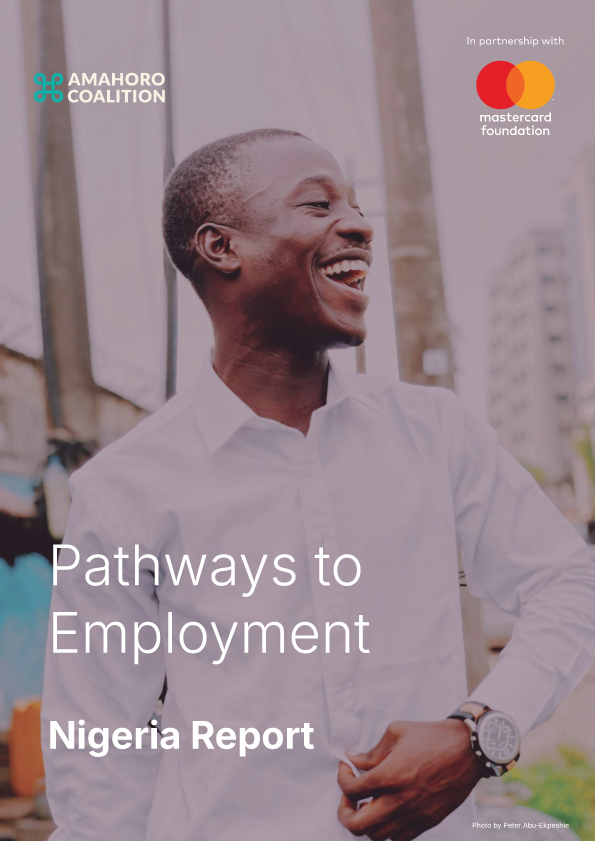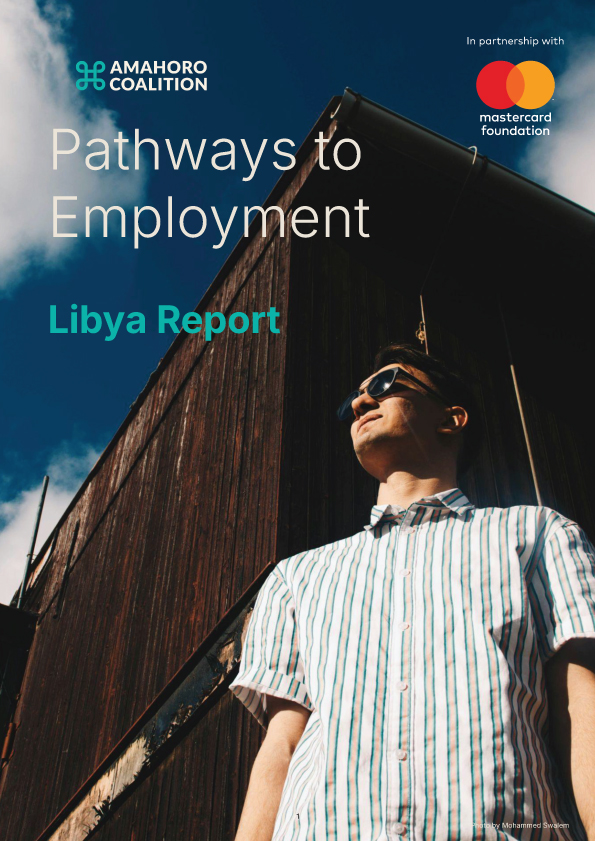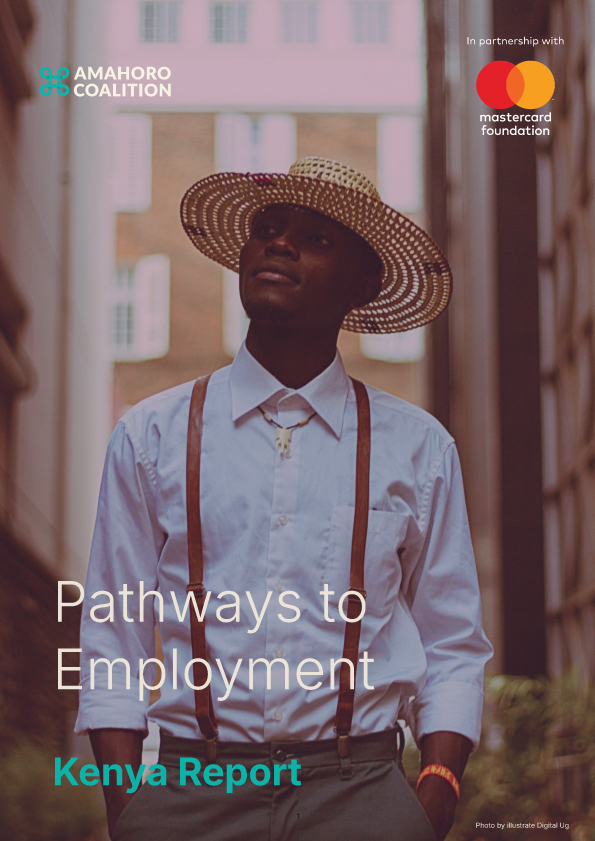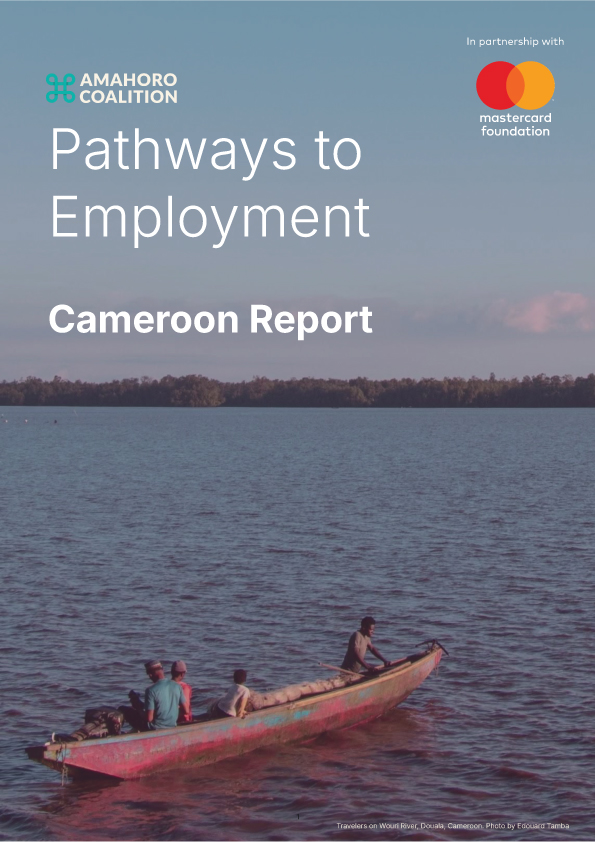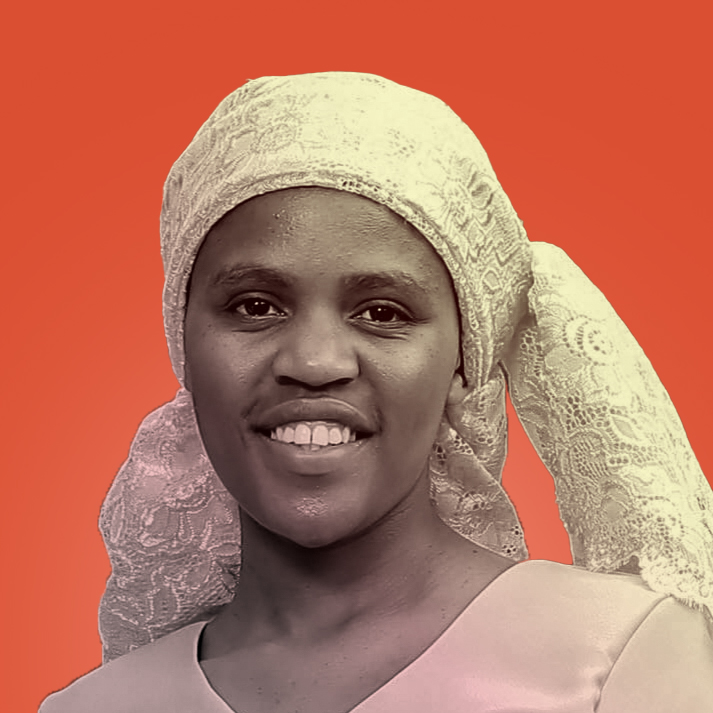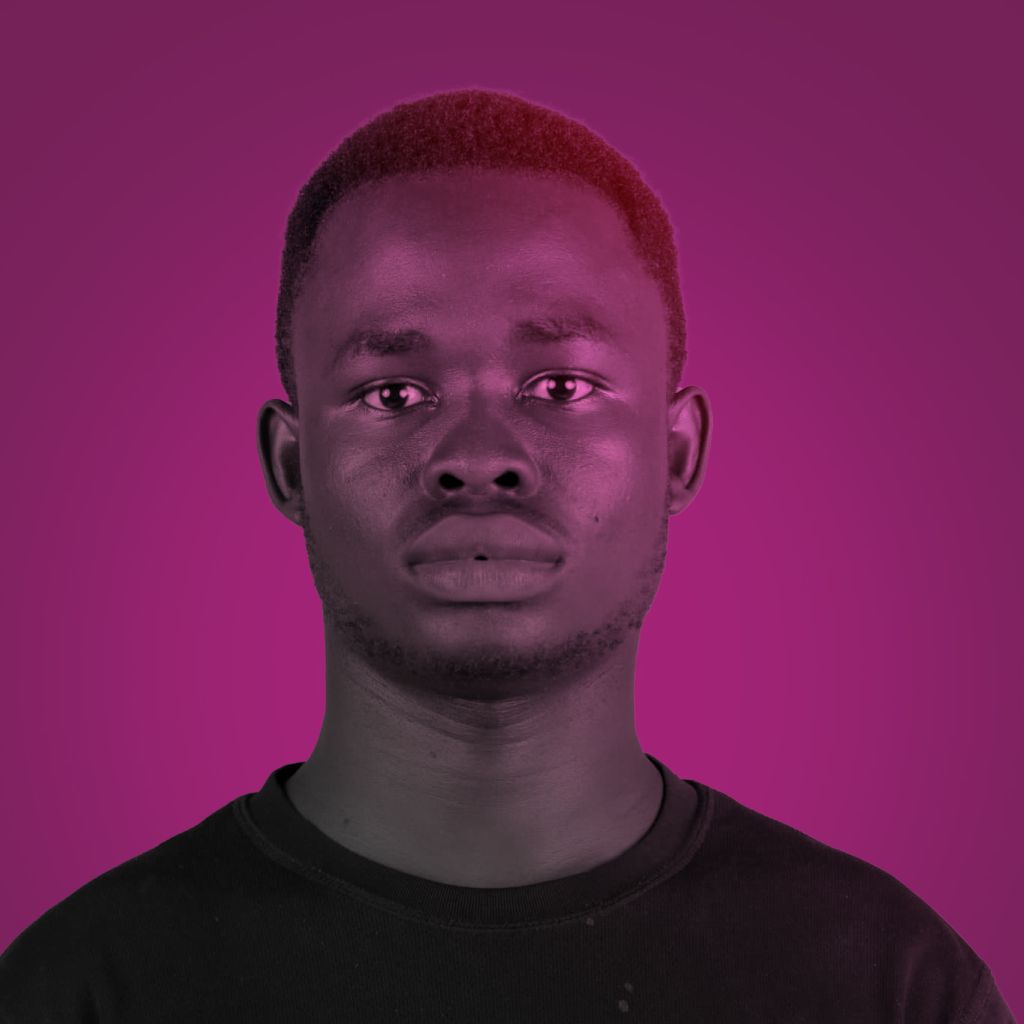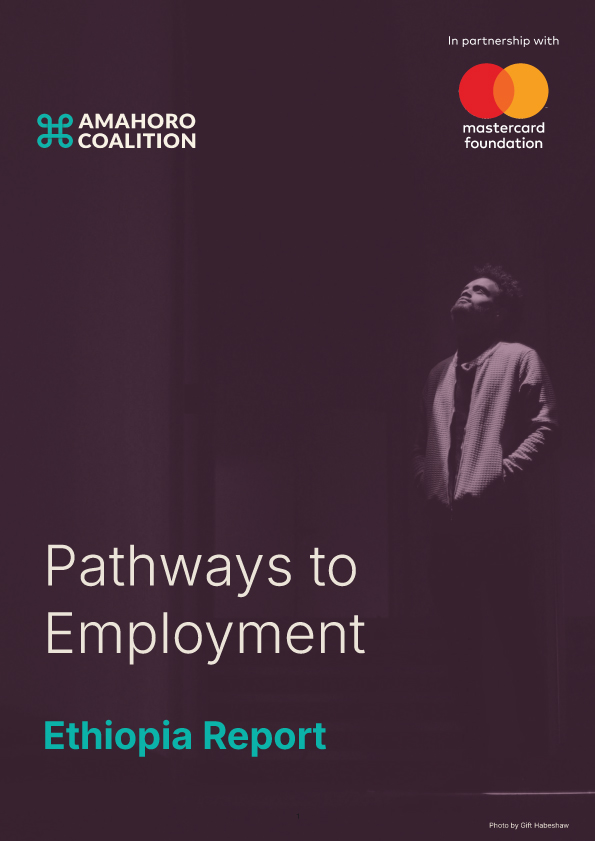Powering Possibility: Lessons from Somalia on Energy, Enterprise, and Inclusion
By Zahra Kassam – Strategy Developer, Private Sector Partnerships
Somalia is home to one of the largest internally displaced populations in the world, with over 3.8 million people uprooted by conflict, climate shocks, and insecurity. In cities like Mogadishu, Baidoa, and Galkacyo, displacement is not a temporary crisis, it is an urban reality. At the same time, Somalia is witnessing an entrepreneurial renaissance, driven by the private sector and fueled by demand for energy, housing, and jobs. The challenge? These two trajectories – displacement and development – rarely intersect in a way that enables shared growth. But they can. And they must.
Over the past year, my work has crisscrossed Somalia, from Mogadishu to Hobyo, from Galkacyo to Dollow listening to mini-grid operators, vocational schools, business owners, and displaced youth. What is clear is this: innovation and resilience are everywhere, but they are often locked behind barriers of access; access to finance, to markets, to energy, and to trust.
Over the past year, my work has crisscrossed Somalia, from Mogadishu to Hobyo, from Galkacyo to Dollow listening to mini-grid operators, vocational schools, business owners, and displaced youth. What is clear is this: innovation and resilience are everywhere, but they are often locked behind barriers of access; access to finance, to markets, to energy, and to trust.
At Amahoro Coalition, we have had the privilege of working hand-in-hand with Somali private sector actors, many of whom are building the country’s future one kilowatt, one job, one startup at a time. Through our partnerships with institutions like the Benadir Technical Institute and Hormuud Salaam Foundation, we are learning that displaced youth are not just looking for training, they are looking for employers willing to take a bet on them.
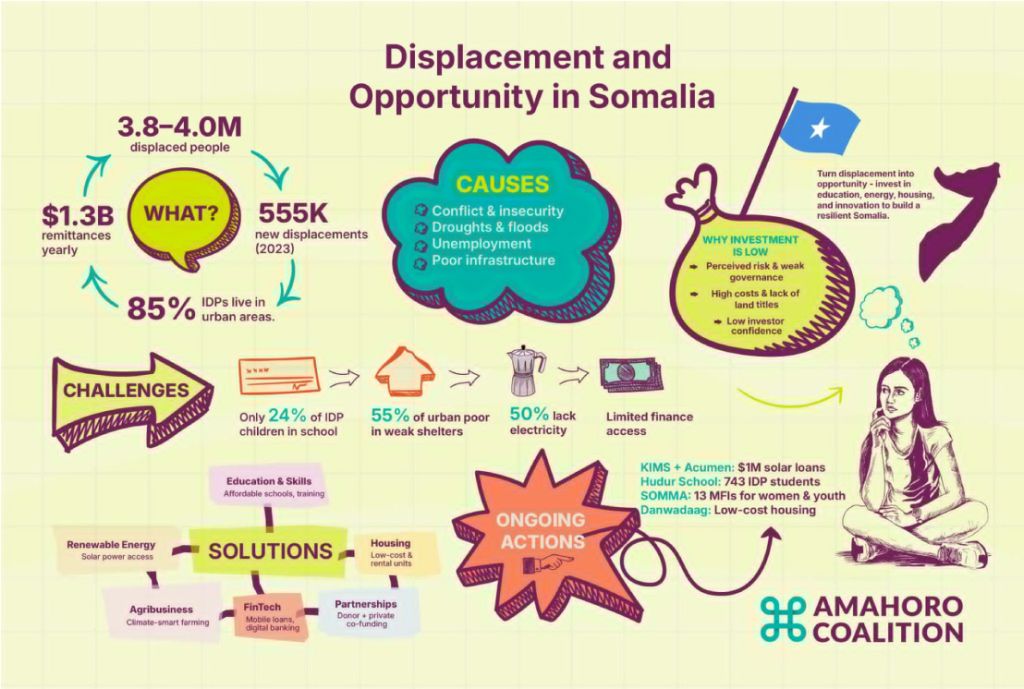
Through our partnership with City University of Mogadishu, we have been able to build a stronger talent pipeline by aligning technical training with real employer demand. And in the Integrated Rental Solutions pilot with IOM, Concern, and YouthLink, we have tested ways to strengthen the enabling environment for displaced families, linking them to jobs and dignified shelter. In both cases, the goal is the same: unlock systems that outlast the project cycle.
Our biggest learnings came when partnership turned into action. Our partner, Sunmax Solar has invested in a women-led hub by providing them with two cold storage units not as charity, but as a recognition of their potential as last-mile entrepreneurs in a growing energy ecosystem. In Mogadishu, the Gateway Group’s investment in the Rotana Hotel shows how even large players are beginning to see Somalia’s future. With Hormuud Salaam Foundation, we are also mapping ways to scale affordable housing for 10,000 people. The future is here, it just needs the right scaffolding.
As part of the Advisory Group for the National Conference on Development Solutions, convened by the National Centre for Rural Development and Durable Solutions, I have also had the opportunity to help shape Somalia’s broader agenda on inclusion, housing, and displacement recovery.
What Somalia continues to teach us is that inclusion must be intentional. It does not mean lowering standards. It means creating pathways, through energy, jobs, and capital that allow people to meet those standards. It means investing in employers who are ready to take a bet on displaced youth, and in infrastructure that helps entrepreneurs deliver to their communities.
If you are looking to back real solutions with traction, come talk to us. The future is already being built in Somalia. We are just here to help power it.

